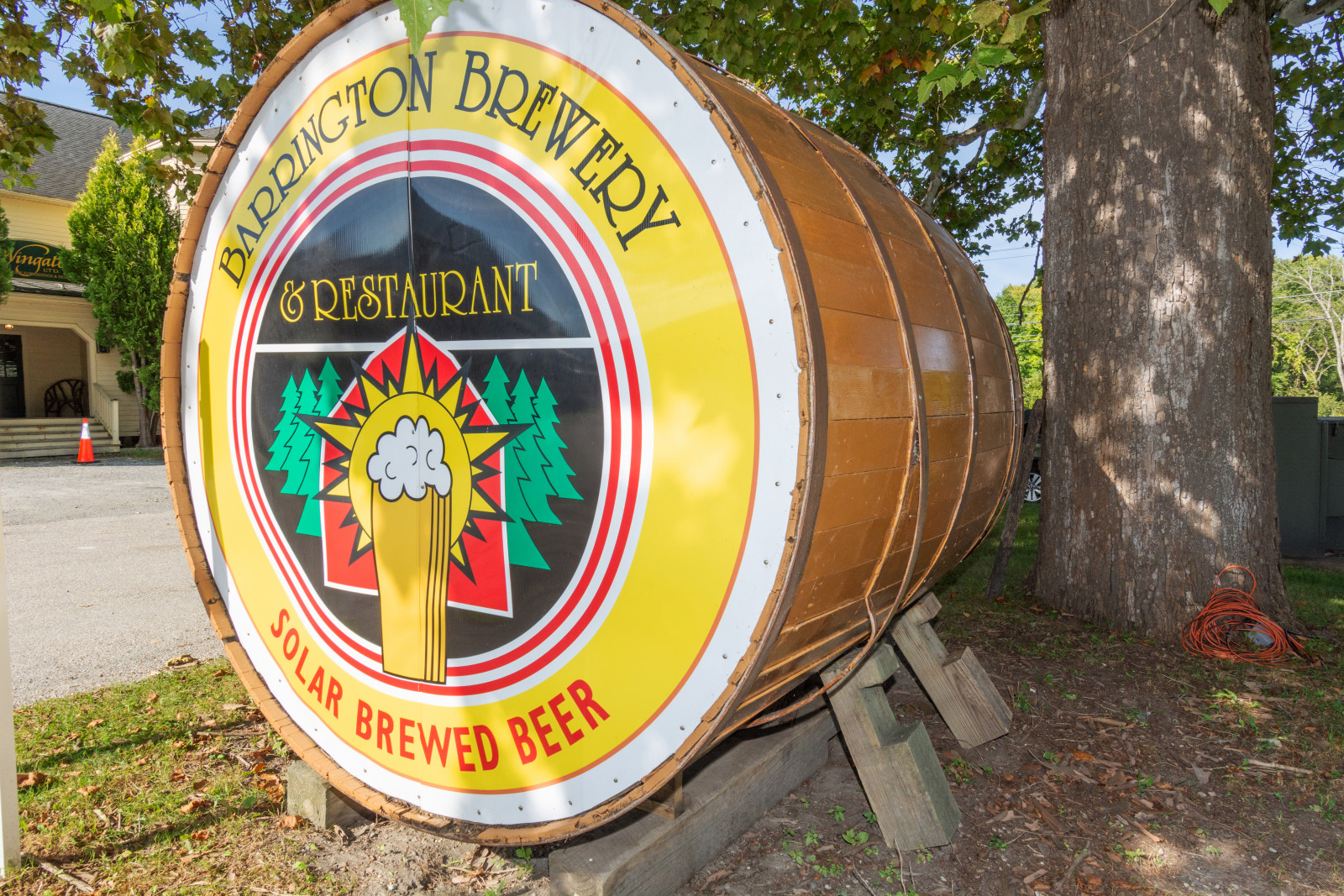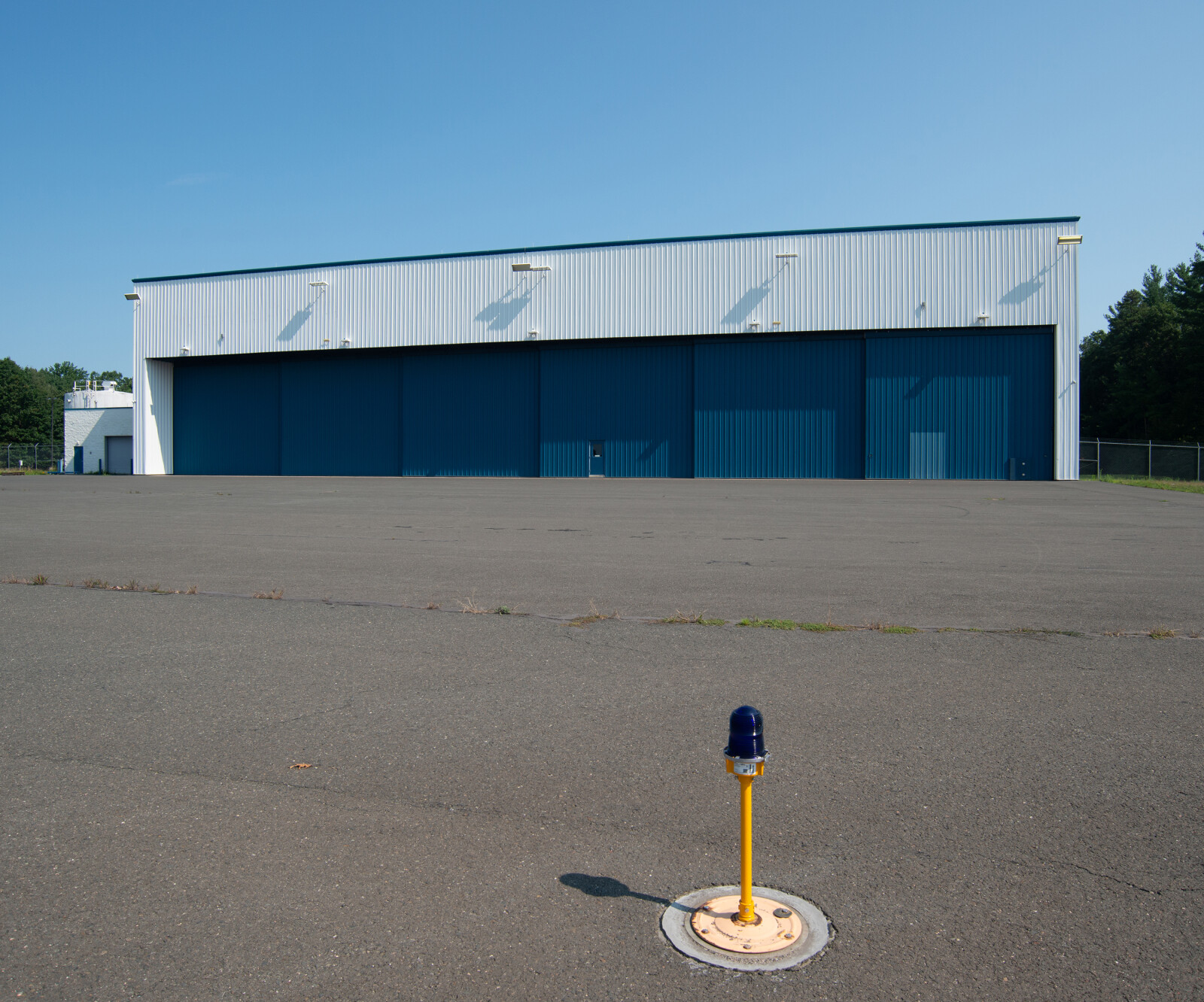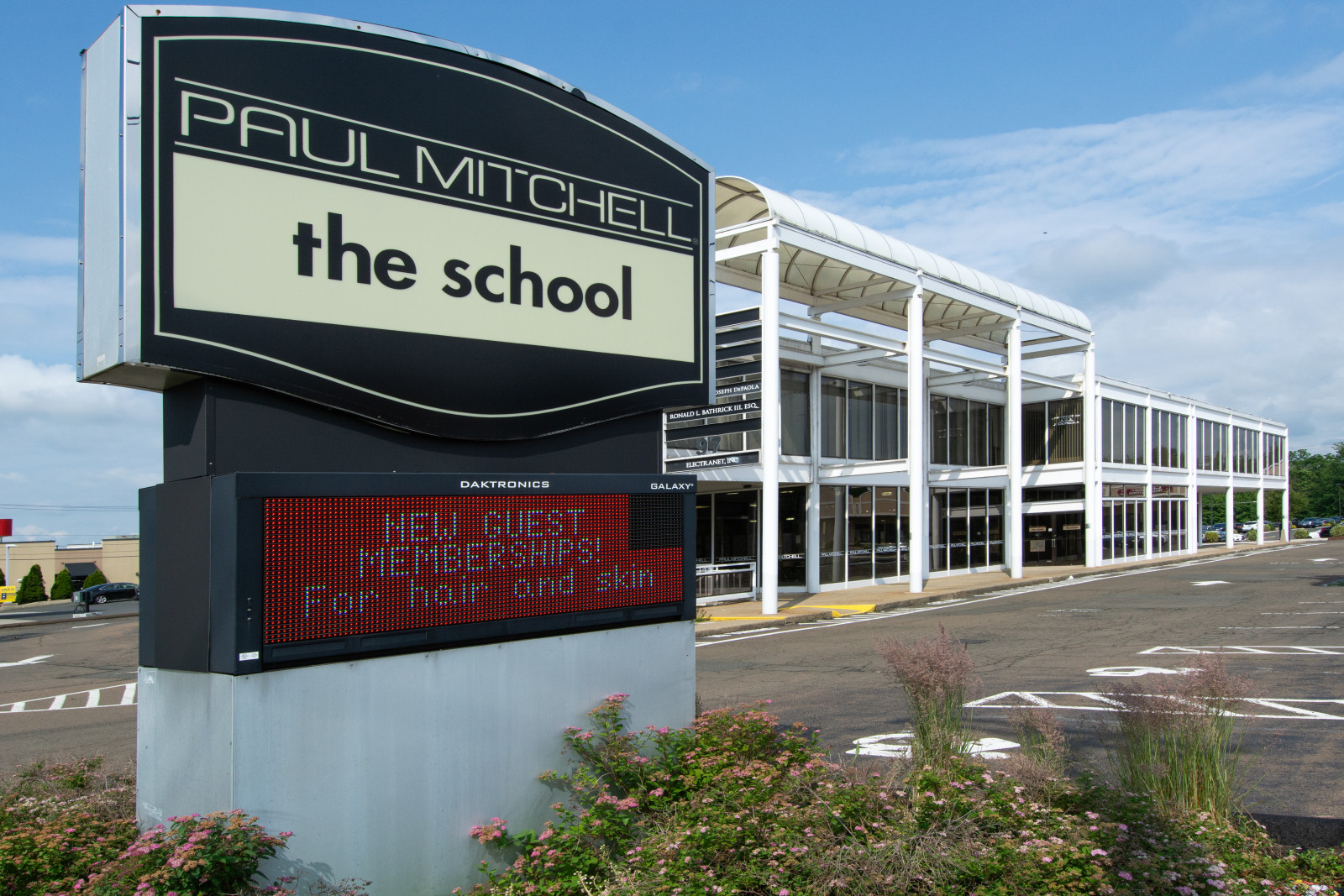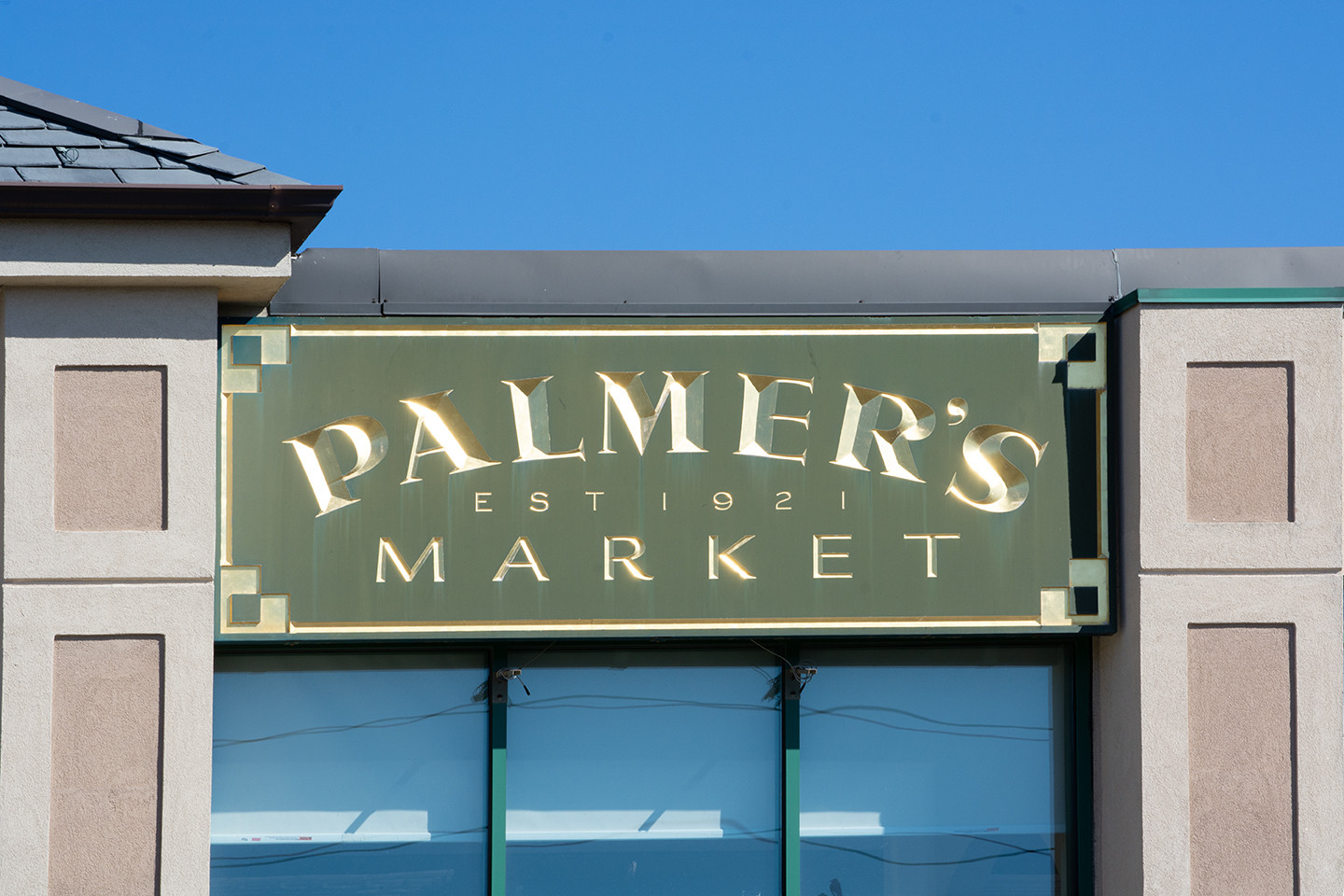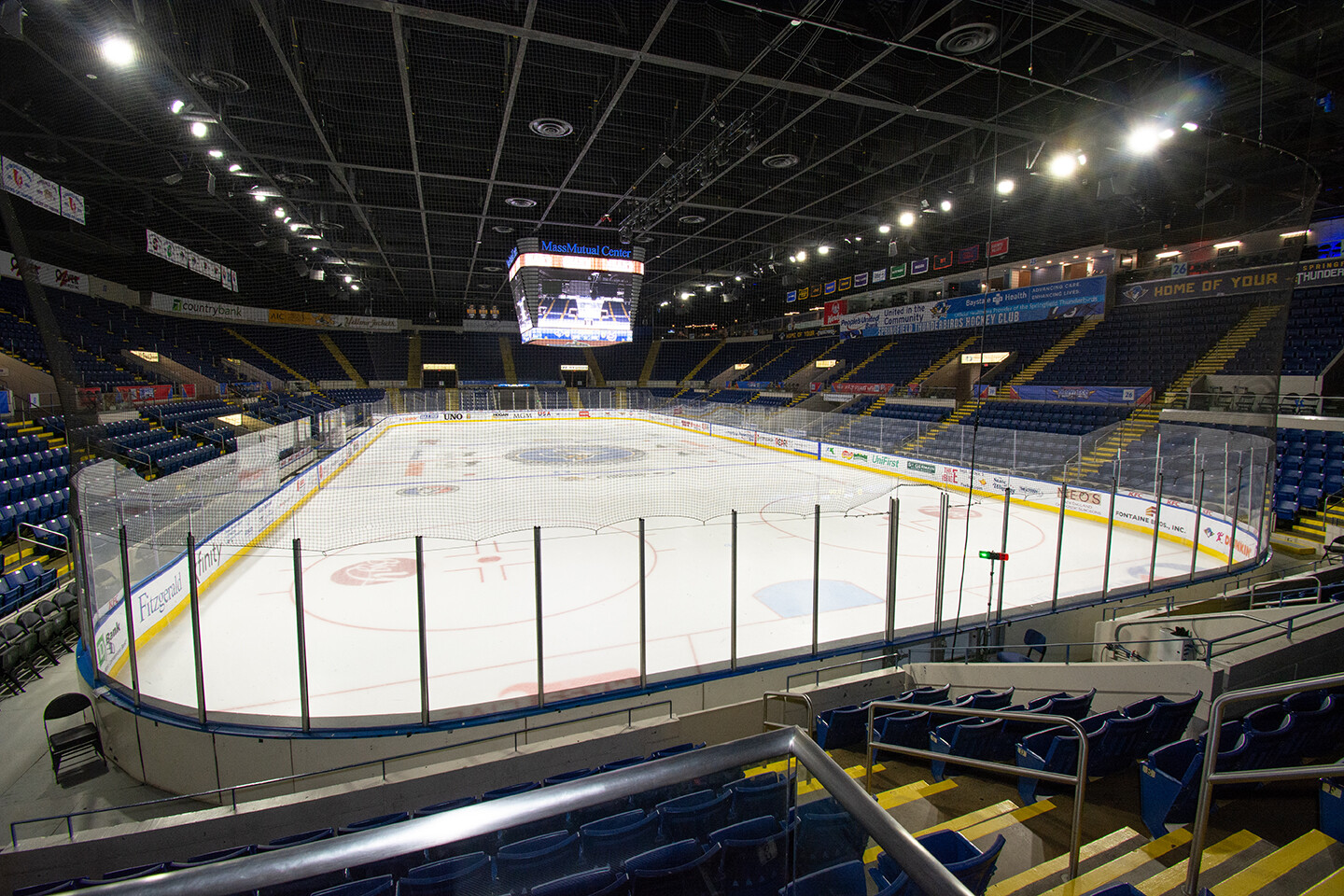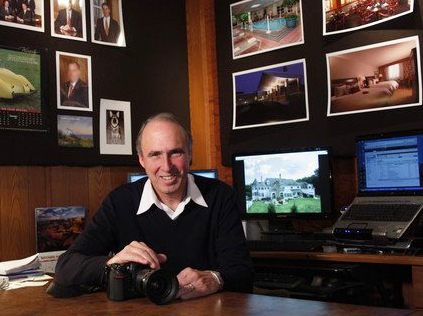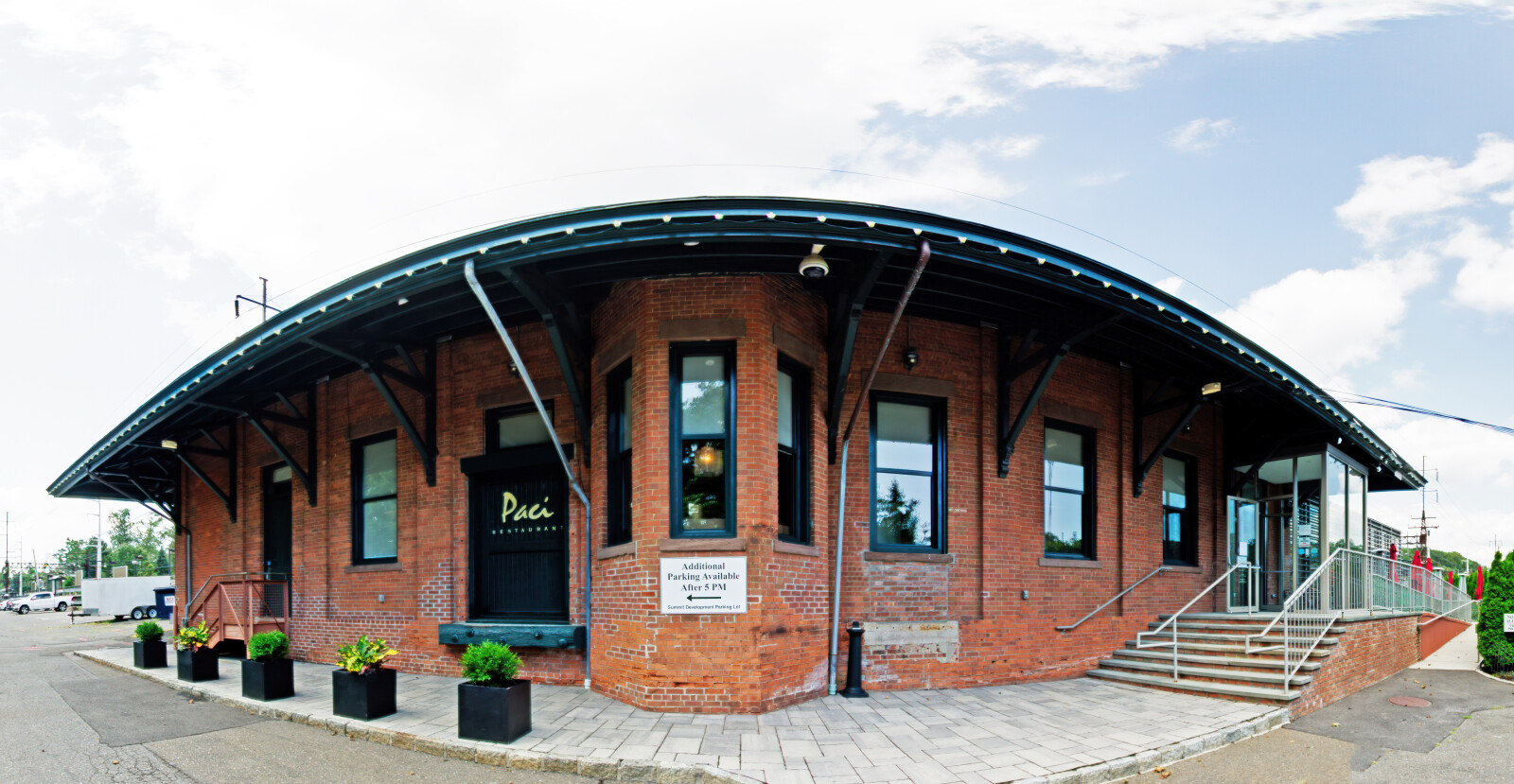
From time to time something can go terribly wrong on a photo assignment that has nothing to do with my photography gear failing, or a big mistake I made.
On a bright sunny Monday in August, I was assigned to photograph a beautiful restaurant in Southport, Connecticut which is over an hour drive west on I-84. The Paci Restaurant is in an old renovated brick train station. The train platform is still there adjacent to the restaurant. The train mainly brings commuters to work in New York City and back home again.
On a bright sunny Monday in August, I was assigned to photograph a beautiful restaurant in Southport, Connecticut which is over an hour drive west on I-84. The Paci Restaurant is in an old renovated brick train station. The train platform is still there adjacent to the restaurant. The train mainly brings commuters to work in New York City and back home again.
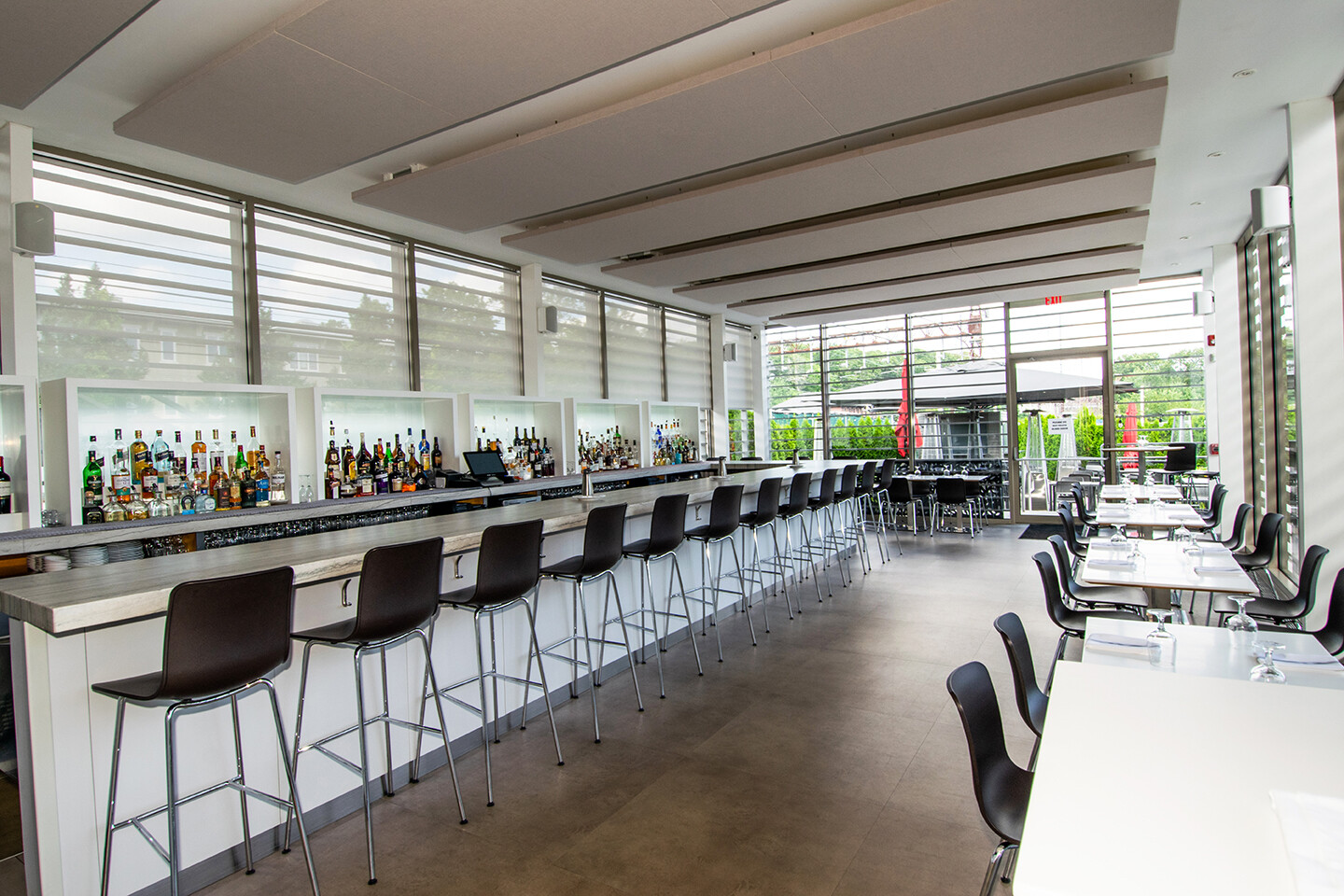
I introduced myself to the owner and I took a self-guided tour of the bar, outdoor patio, and the dinning rooms on the first and second floor to get a feel for how I would create the Google virtual tour and still photos. The restaurant was normally closed that day and it was set up nicely for photography.
As I started taking the still photos I was approached by the owner who was quite upset about a clock in the main dining room that wasn’t working. I told her that I would continue taking photos of the outdoor patio, and the bar area while she got it working again. She told me that the clock has always been a main feature of the restaurant's ambiance, reminiscent of the bygone days when the train station was in full service and I wouldn't be allowed to photograph the dinning room if the clock wasn't working. I didn’t remember seeing a clock anywhere in the dining room.
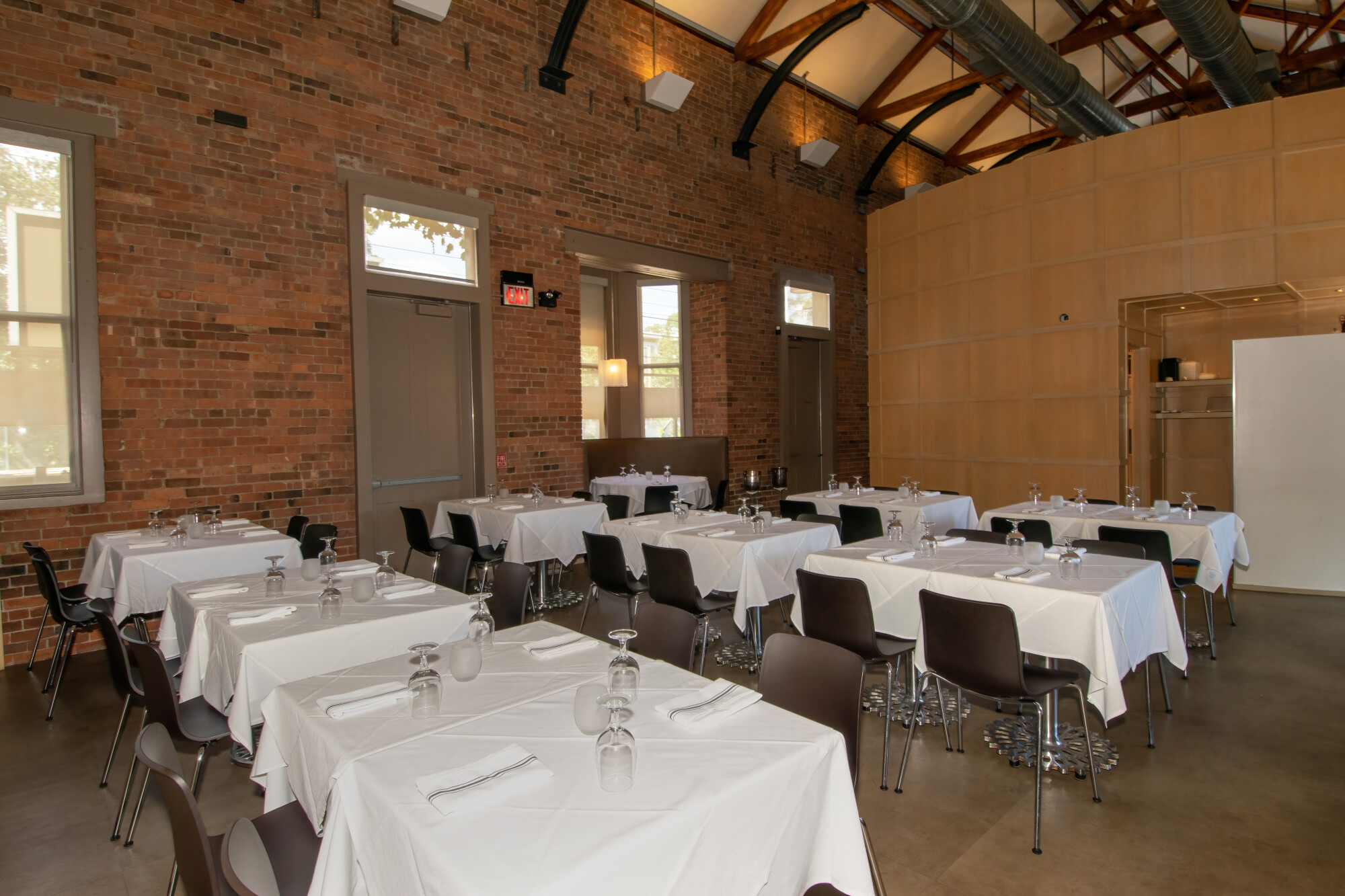
I had the sinking feeling that I would need to complete the assignment on another day, taking another one hour drive each way again, wasting half a day. Additional help was called in to diagnose the issue with the clock. As I eventually found out, the clock was virtual. It was a projection of a clock on the brick wall from a laptop computer. After a long wait it was discovered that the problem was a faulty HDMI cord that had frayed.
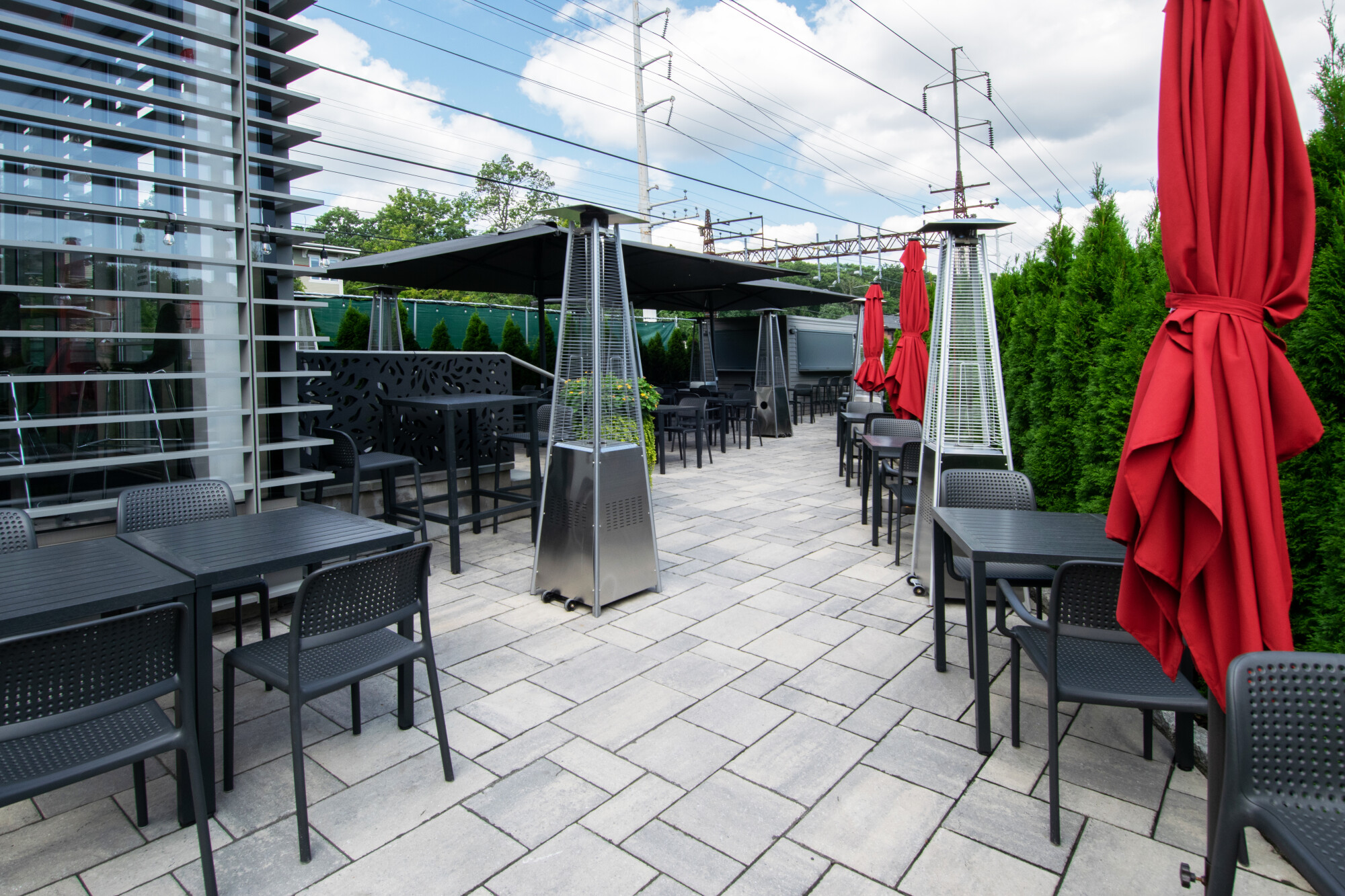
As you may remember from a previous post, I strive to have back up gear with me at all times. I happened to have a new HDMI cord in my camera bag which had come in handy when an owner of an auto dealership wanted to view the photos I had just taken, on a big screen tv in his office. Having it with me saved me from a rescheduled photo assignment this time. The virtual clock looked great; harkening back to the time when most people didn’t own a watch and trains were the main mode of long-distance transportation. The trains were always expected to run on time.
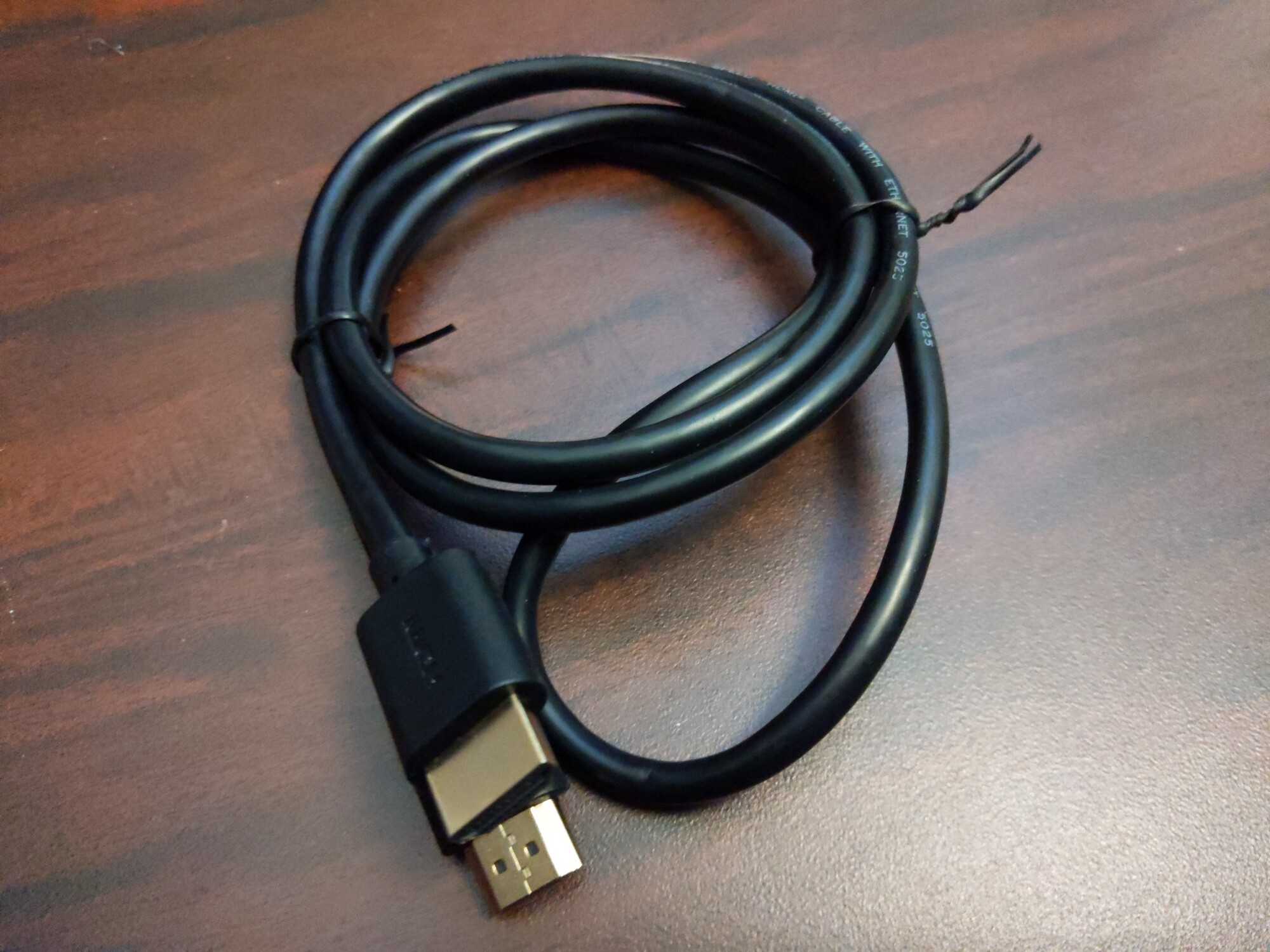
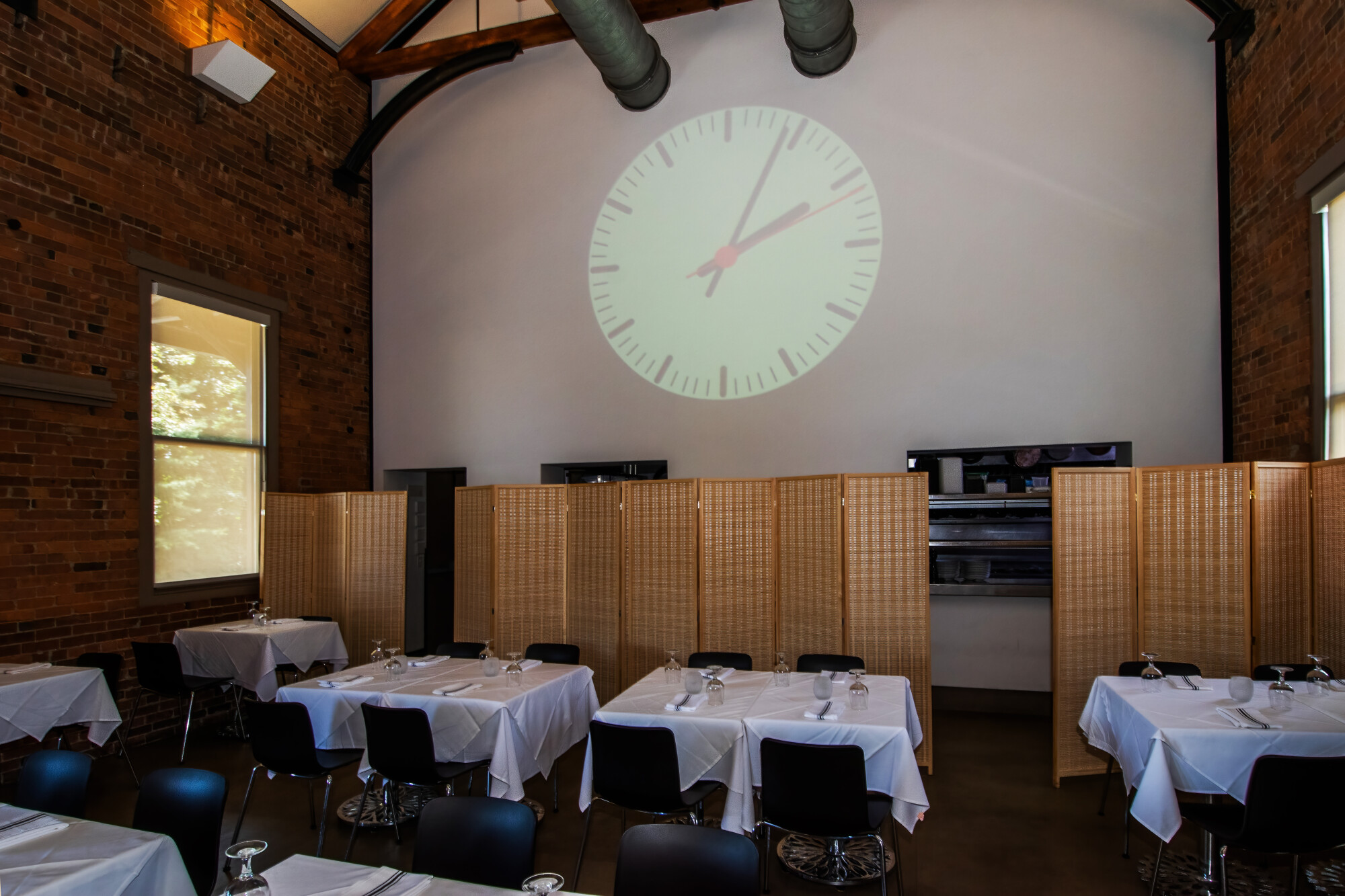
I happily worked my way through the restaurant photographing still images and panoramas which would go up on Google and Google maps. The owner told me that often couples would meet at the restaurant to have dinner after a long day at work and a train ride back home from New York City. You can take the virtual tour here: https://goo.gl/maps/vxxnDpBfFeANousm8
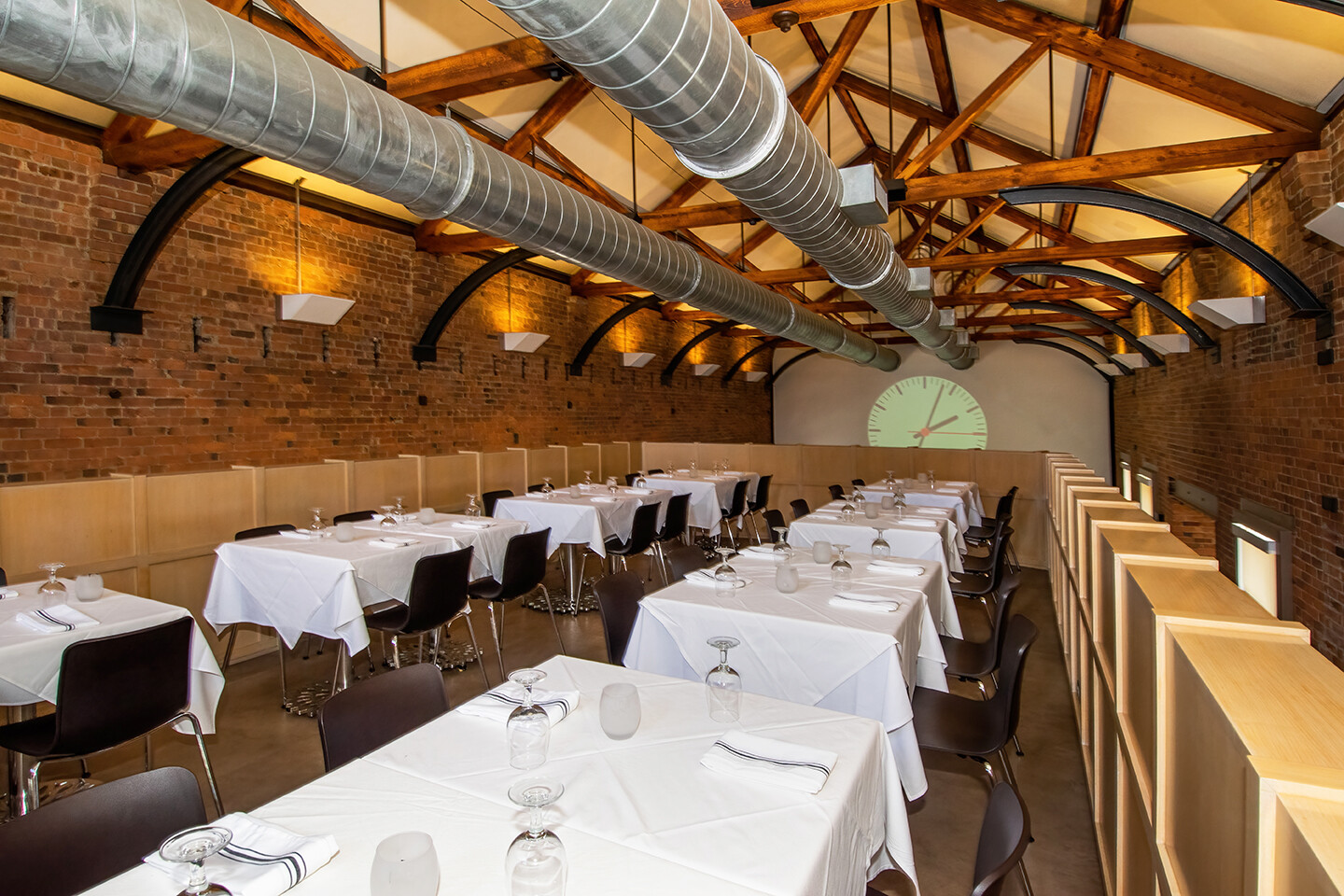
Despite the anxiety, this is why being a photographer brings me joy. I can’t think of a more pleasant way of spending the day than photographing a beautiful restaurant on a warm summer day, except maybe the time I got to photograph the marina in Old Saybrook, CT. http://info.2cimages.com/blog?search=perfect%20day
Tim Becker
Creative Images Photography
901 Main Street
Manchester, CT 06040
860-528-7818
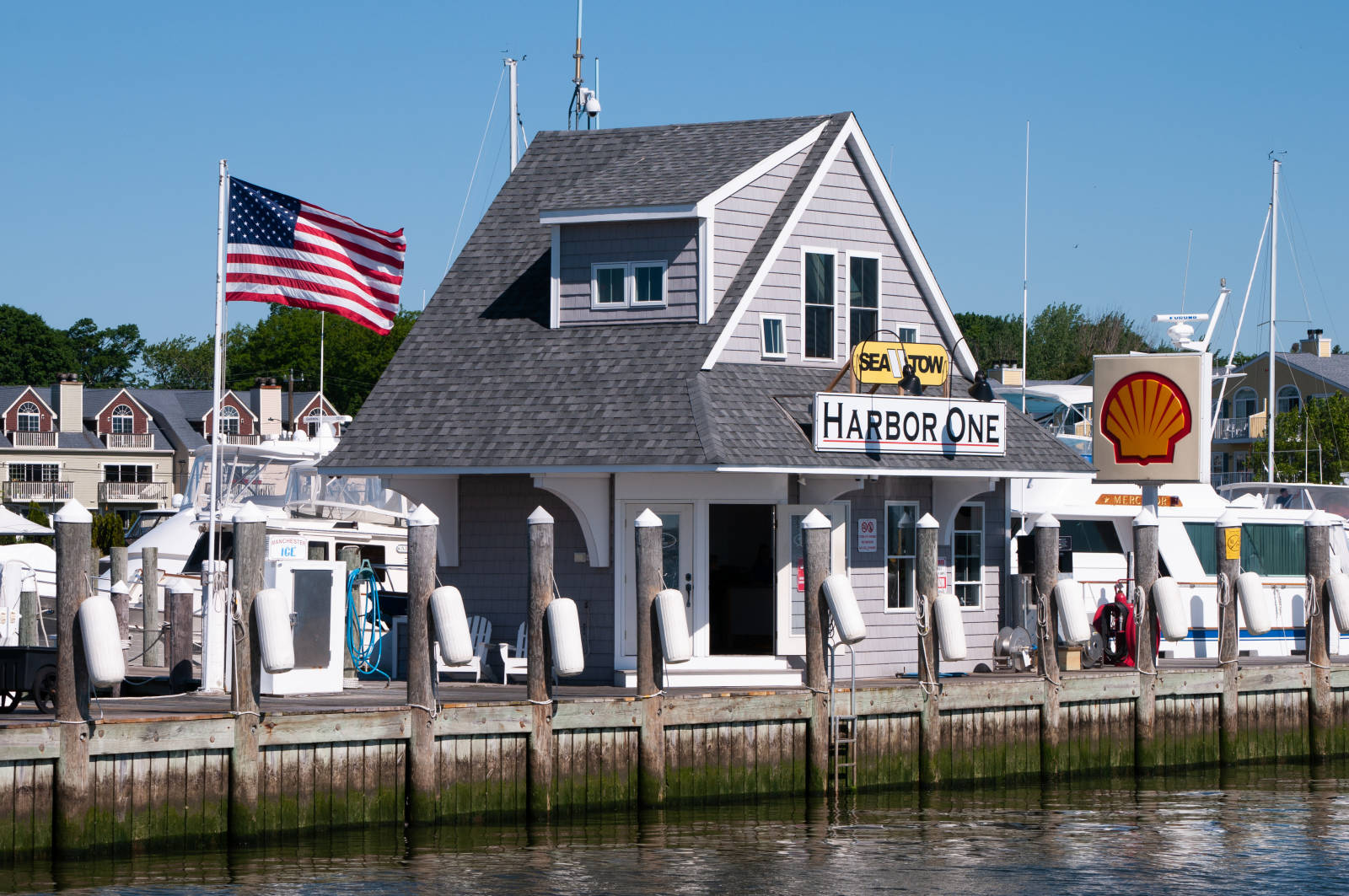
Now that the winter solstice will be here tomorrow; the day with the shortest amount of daylight, I'd like to look back on a photo assignment that I did in the middle of last June. This was one of the few days in Connecticut that I would describe as a perfect day, with just enough warm wind for the flag to fly.
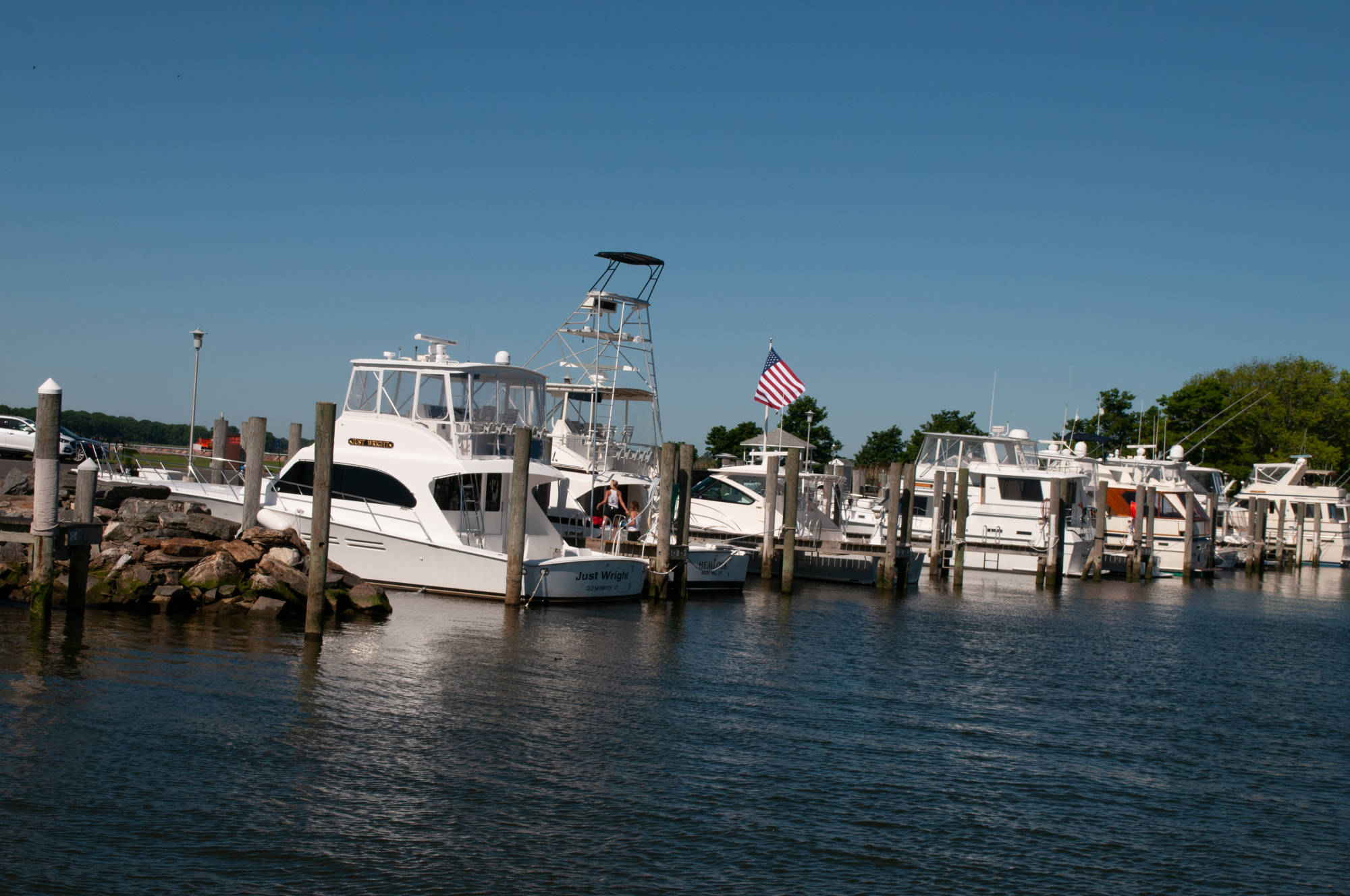
Every once in while I get a photo assignment that makes me ask myself "am I really being paid to photograph this beautiful place, on a perfect day, without a cloud in the sky"? Harbor One Marina, on the ocean in Old Saybrook, Connecticut provides slips for beautiful yachts, has their own restaurant, a large picnic ground, and a gorgeous swimming pool for their members.
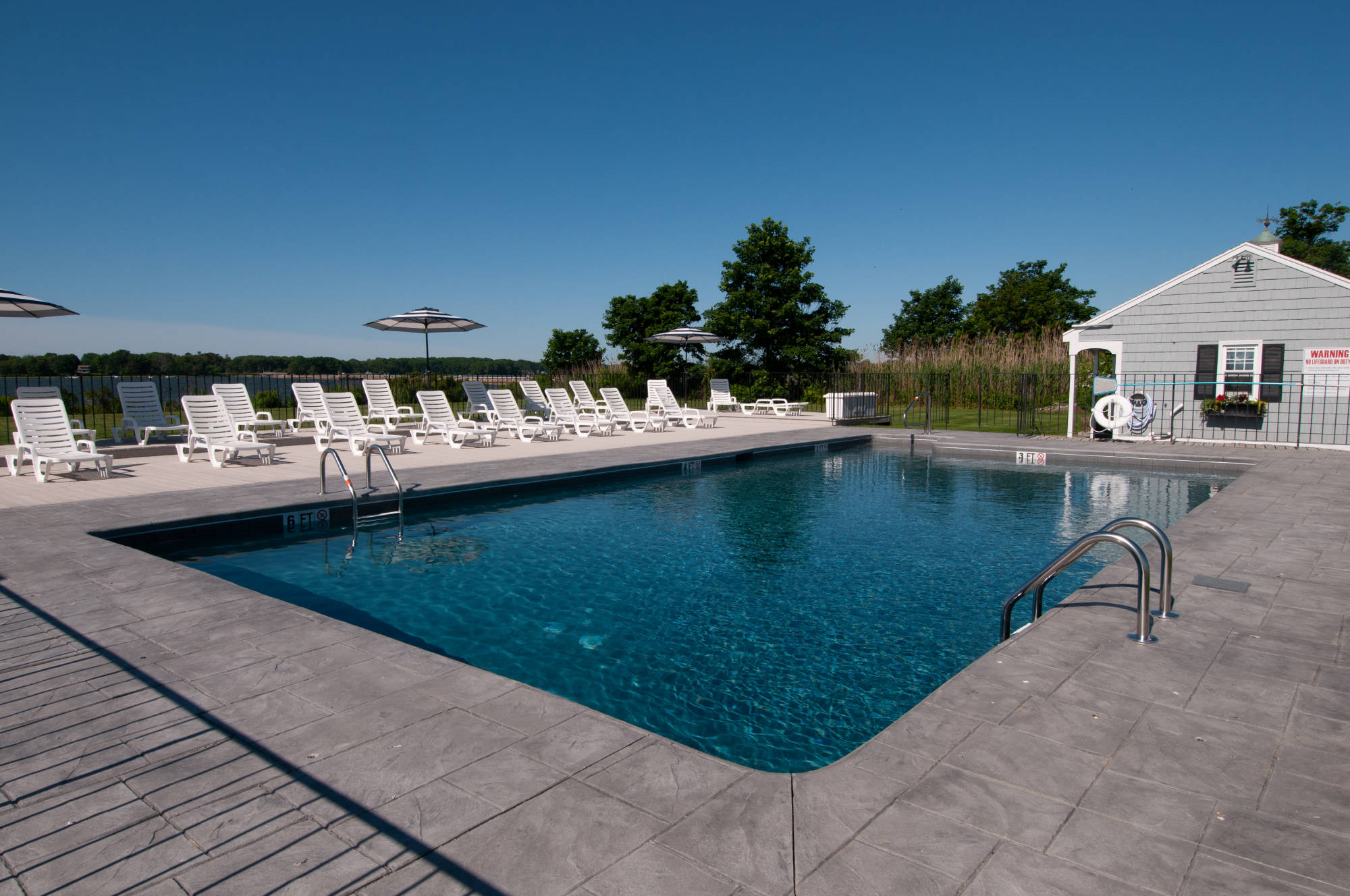
In addition to still photos, I also took 360 degree panoramas: https://goo.gl/maps/2LvqLRPmZyk for Google and Google Maps: https://goo.gl/maps/3cWm5CyXKHz.
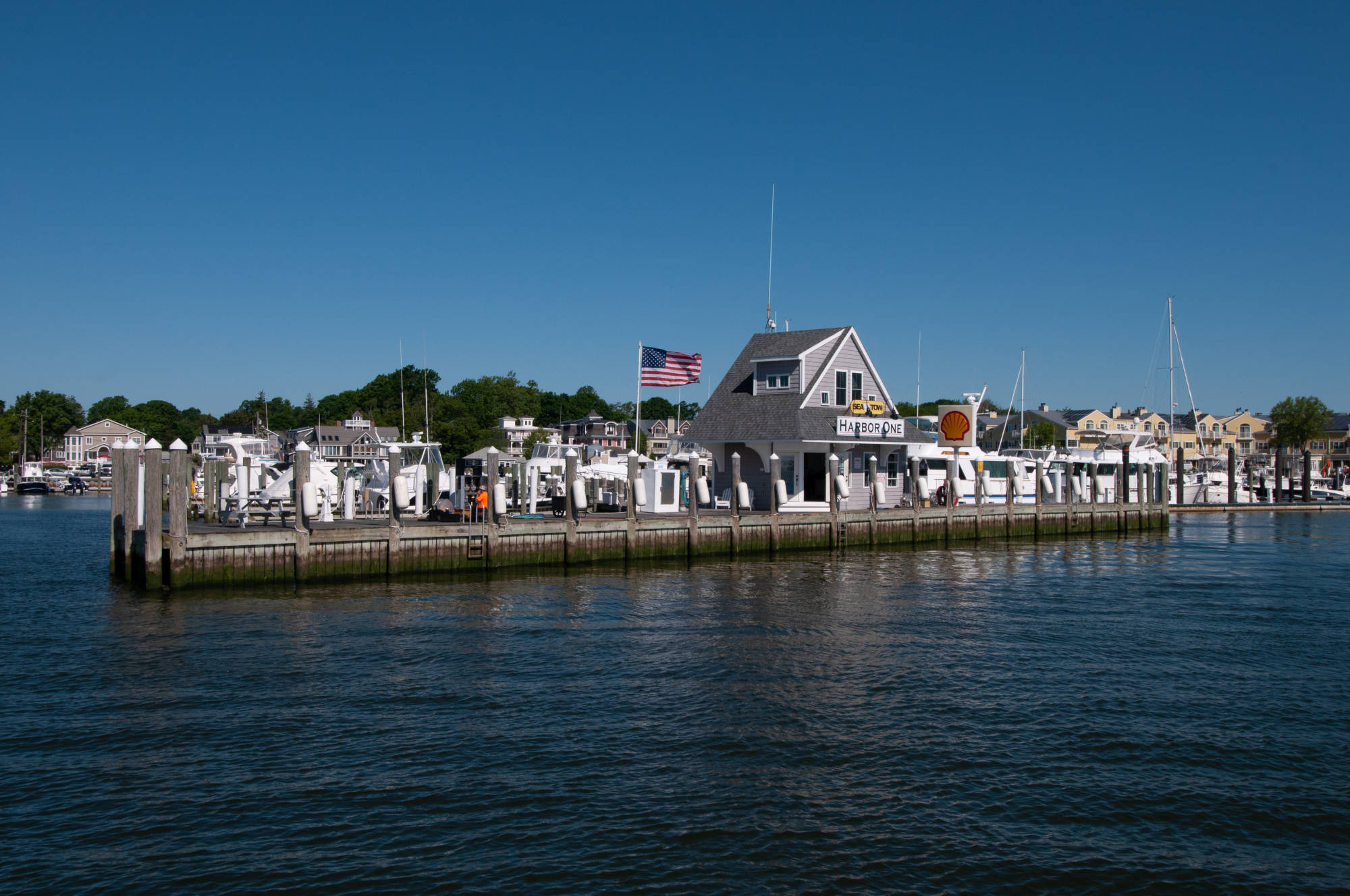
Although it has been very gray and cold in Connecticut, and we have received about 16 more inches of rain than normal this year, I am looking forward to the daylight increasing a little bit each day, and to more perfect days. Only six more months to Summer!
Tim Becker
Creative Images Photography
901 Main St.
Manchester, CT 06040
tim@2cimages.com
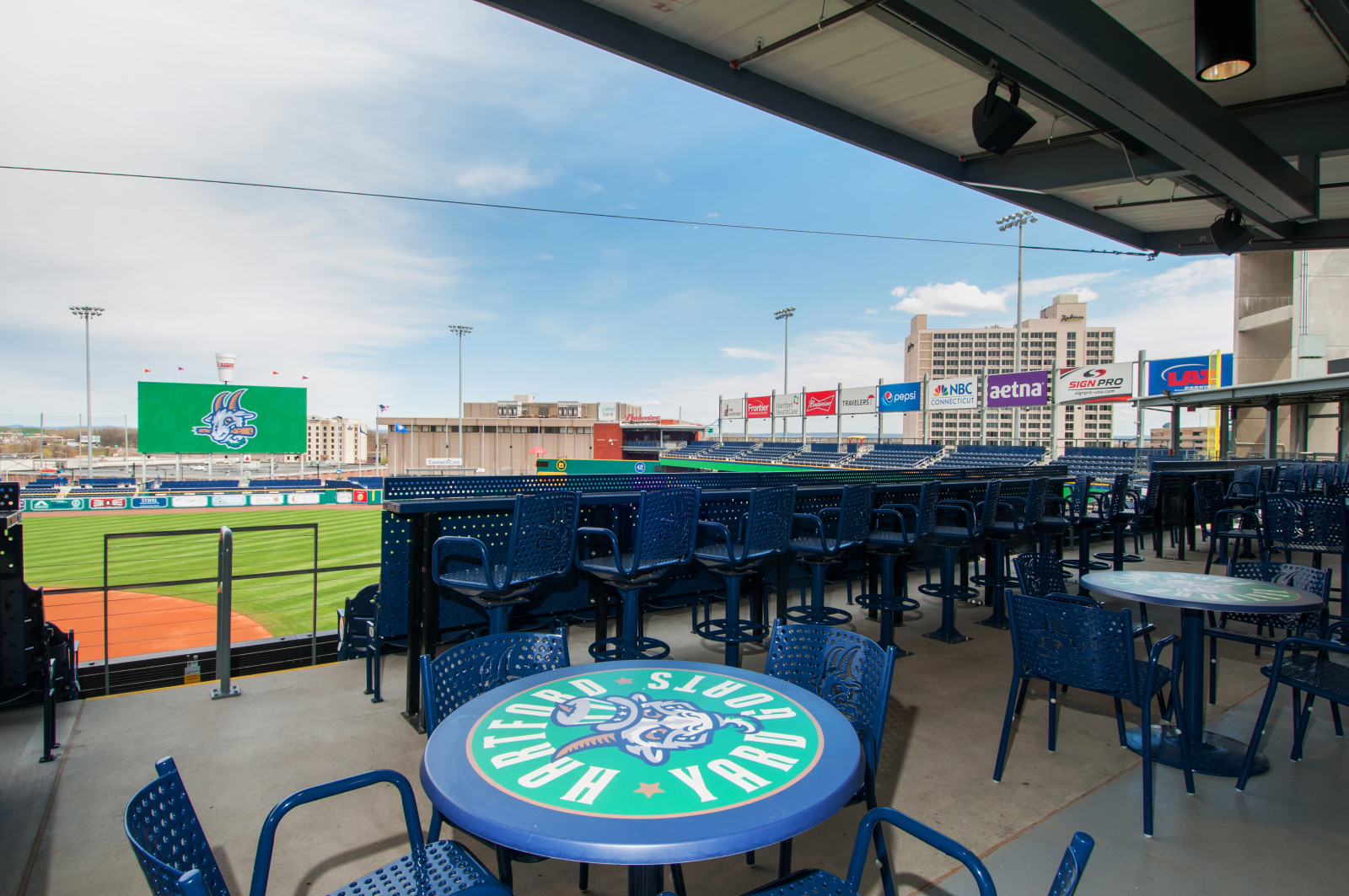
One of my favorite days of the year, is the day when Major League pitchers and catchers report to spring training.
Today is that day, for my favorite team, the Boston Red Sox https://www.mlb.com/redsox.
My favorite local team is the Hartford Yard Goats https://www.milb.com/hartford , which plays in the Eastern League. They are the Double-A affiliate of the Colorado Rockies.
In 2017, I was asked to create 360 degree panorama photos of the the brand new Dunkin' Donuts Park. A view that I took behind home plate and from the third base line are below. Dunkin' Donuts Park is one of the most beautiful minor league parks, and has one of the highest attendance. The Goats drew 405,403 fans in their 2018 season, making them the first minor league team in Connecticut to draw more than 400,000 in a season.
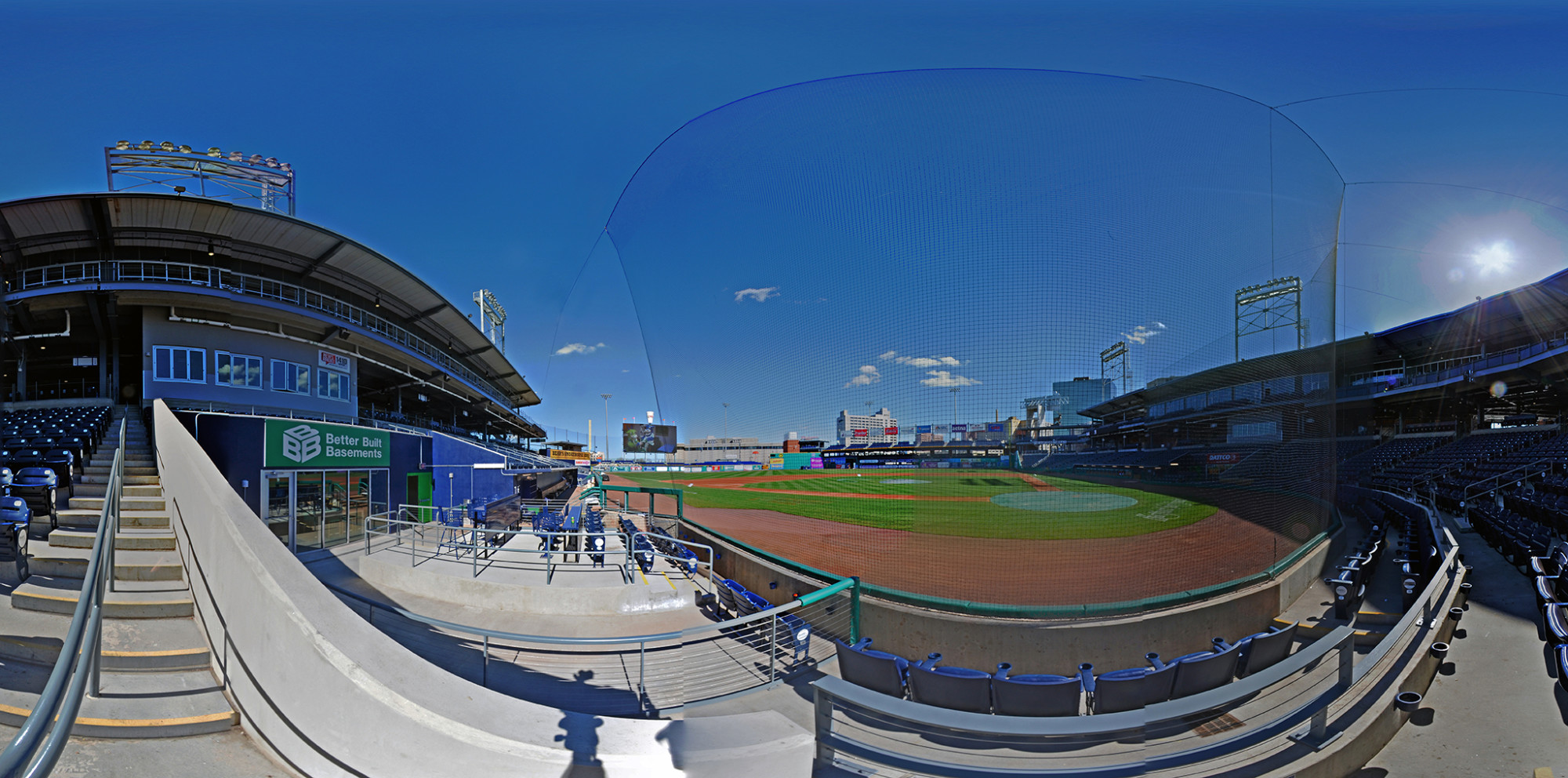
I am looking forward to opening day, when all 30 Major league baseball teams will play on March 28, the earliest opening day in history, excluding international openers. The Red Sox home opener is April 9th. The Yard Goats home opener is April 11th.
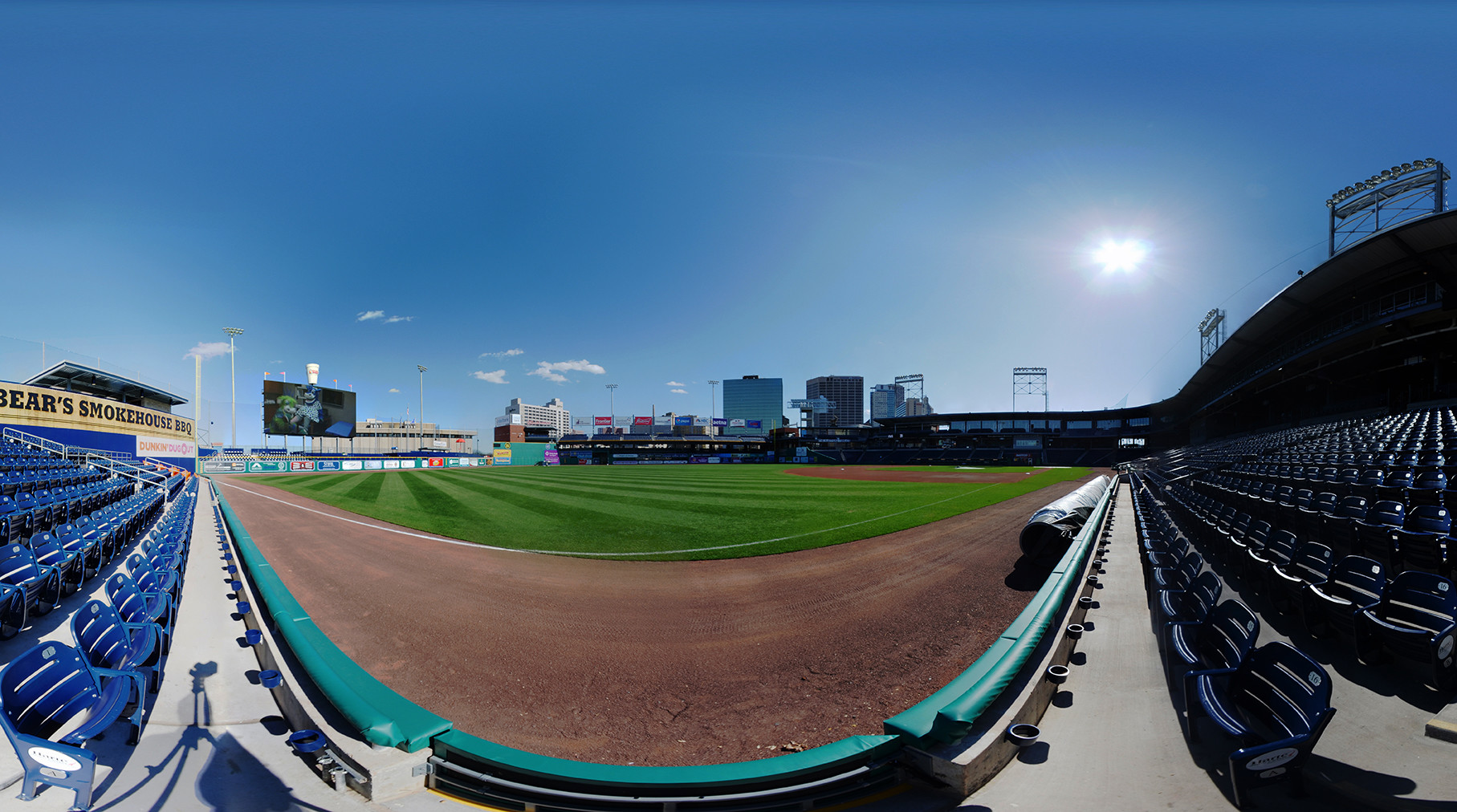
Life is pretty dull in February without football or baseball. I'm ready for spring. Play ball!
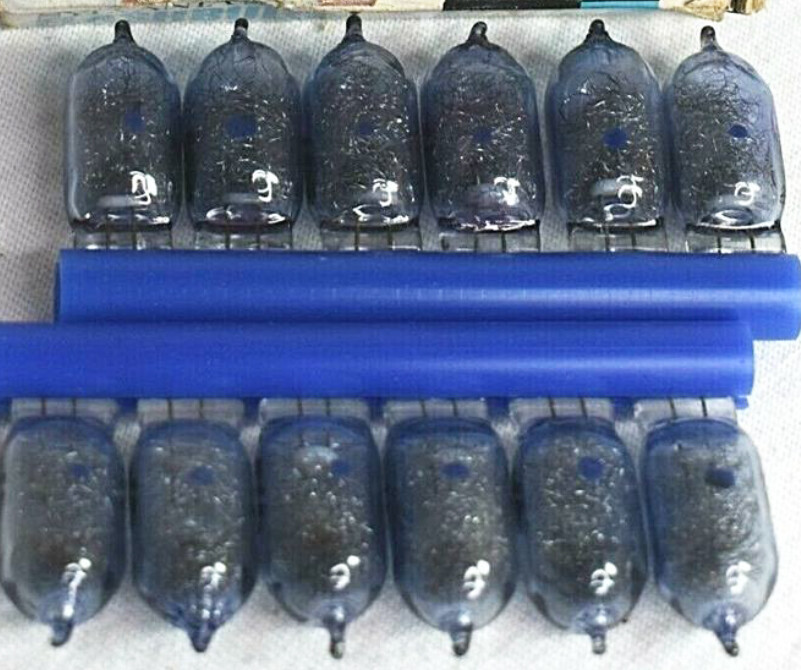
Recently I was contemplating how much has changed in photography since my first job as a "professional photographer" working as a summer intern news photographer for $85 a week, during my college days at The Rochester Institute of Technology. I was lucky to get two great internships after my sophomore and junior years. Although I had a good education in college about the theory and usage of photographic lighting, composition, as well as photographic films and chemistry; it was the practical experience of being a photojournalist for a daily newspaper that helped me to become a successful photographer. I would never have learned how to operate in the real world by reading a textbook or listening to a lecture in class. Here is a photo of me from that time, taken by my friend and fellow photographer Tom Kielick.
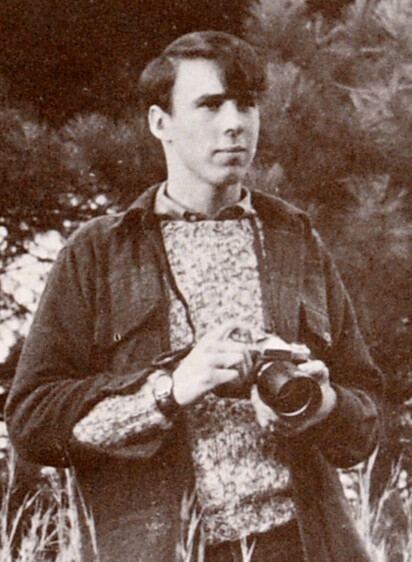
At age nineteen I wasn’t very confident in my ability as a photographer, and I was afraid that I would make lots of mistakes. My photo equipment was very basic: one Nikon F body, a 35 mm f2.8 wide angle lens and a 105mm f 2.5 telephoto lens. I didn’t own a flash nor understand how to use one. I carried my gear around in an old Army surplus gas mask bag.
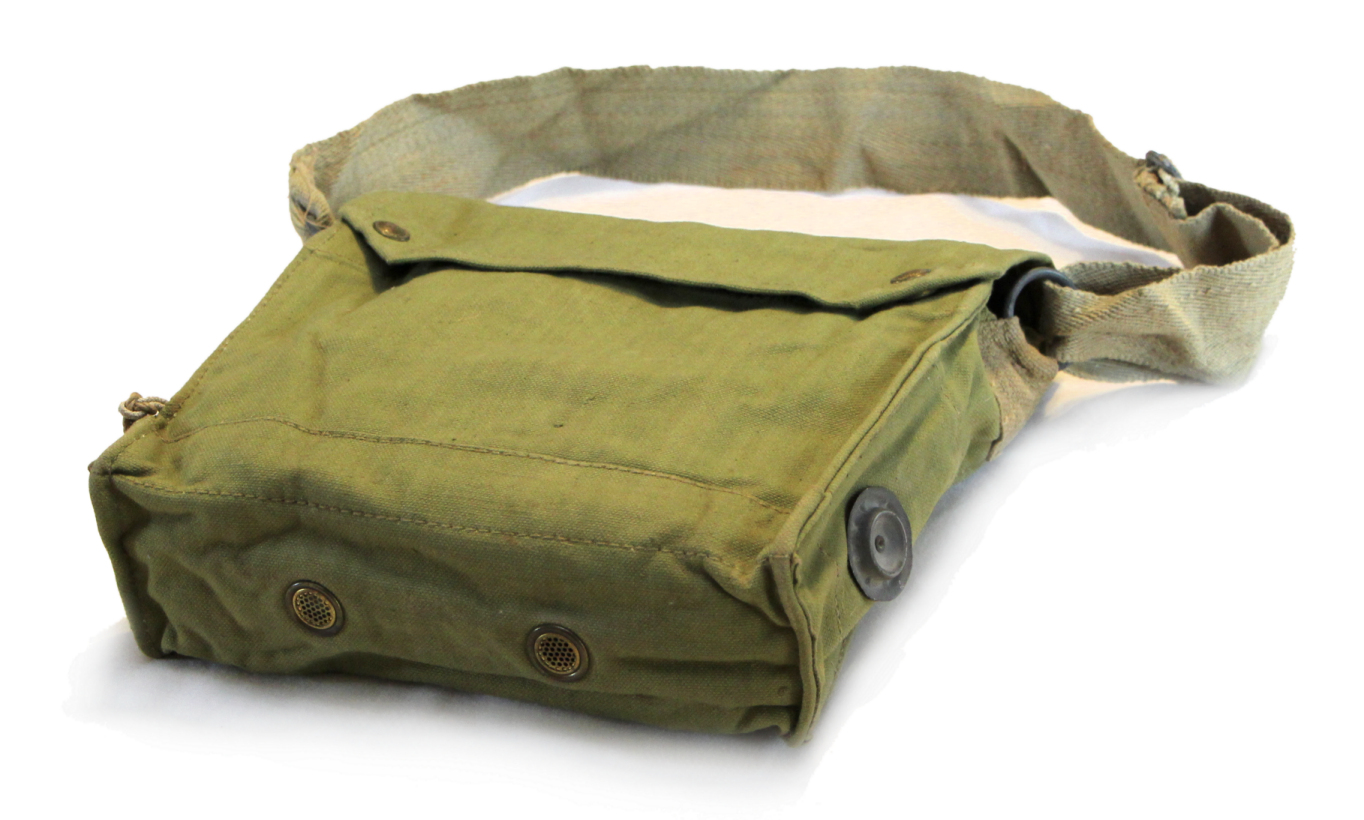
At my first job at the “Manchester Evening Herald” I learned that when I was given an assignment; I had to find the address (before GPS), take the photos, develop my film, make a good black and white print, and write a short caption while making sure all the names were spelled correctly. This all had to be completed and brought to the editor's desk in time to meet the publication deadline which was 2 PM. There were three to four assignments each day. If it was a slow day I was expected to go out and find an interesting “weather picture”. Here is my first ever front page photo:
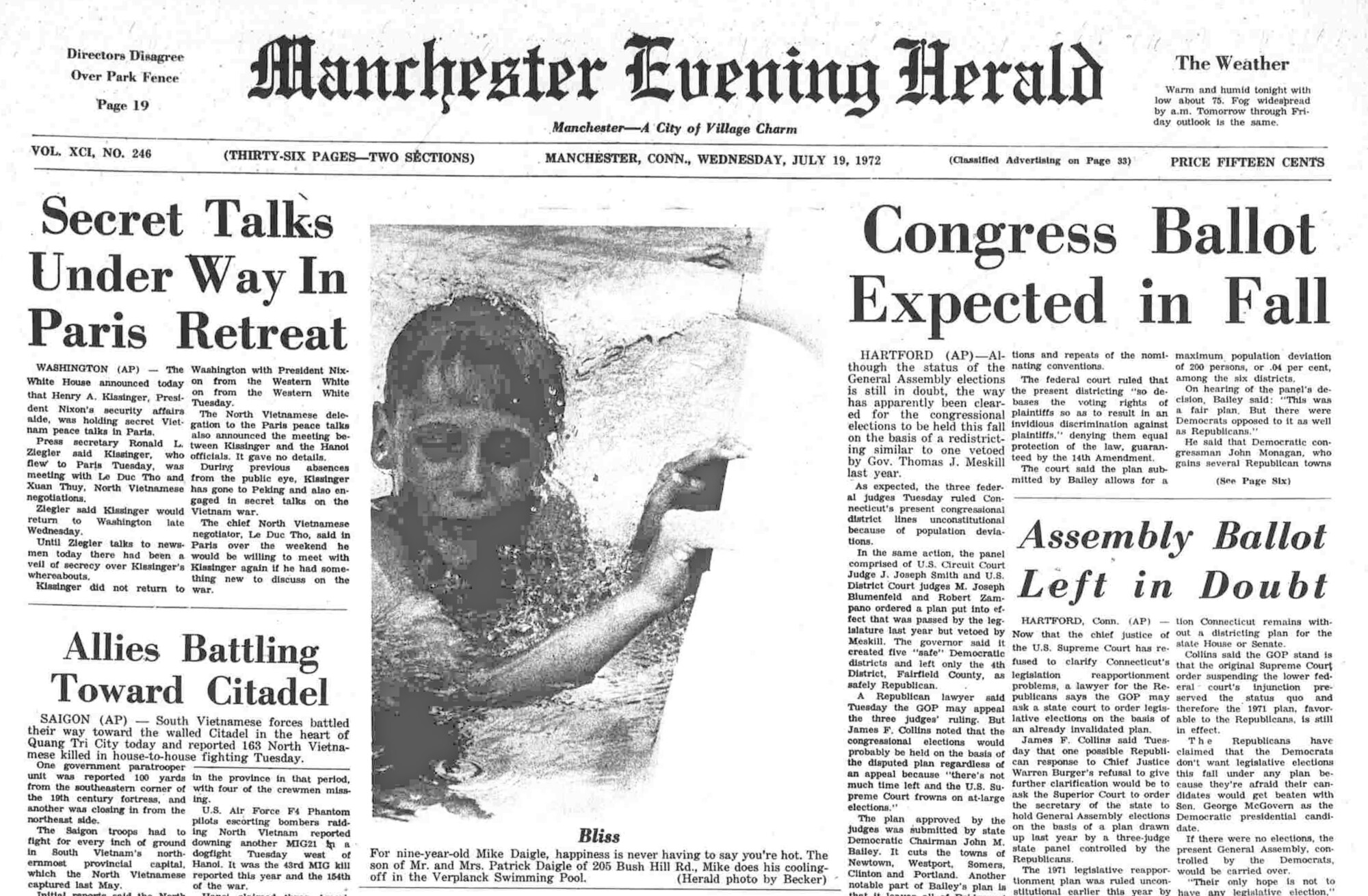
Since I didn't own a flash, I was given a compact flash that had a reflector that unfolded and a box of peanut sized flashbulbs. I had to be careful removing a used flashbulb after I took a shot because it would burn my hand. Fortunately, I had very good news photographers to teach me. Unfortunately The Manchester Evening Herald ceased publication in 1991.
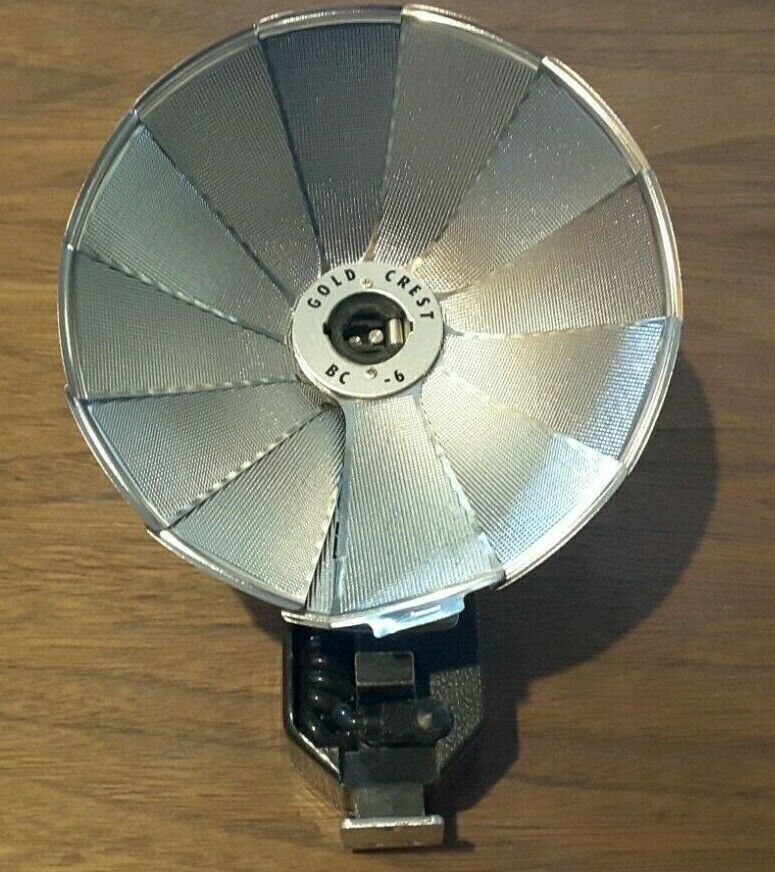
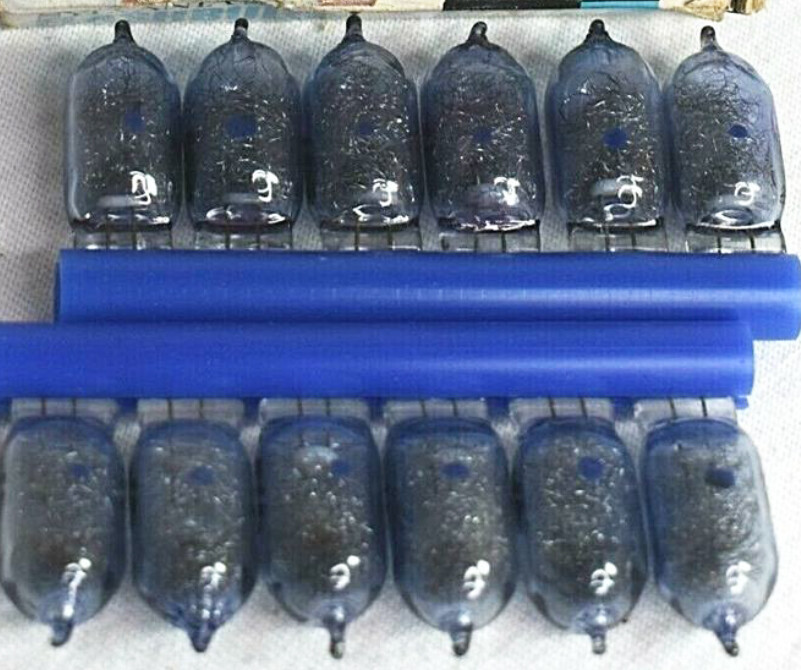
After my Junior year I was hired as a summer intern photographer at the “Hartford Courant” and made an extra $15 a week. I saved up and bought a professional flash that had a 510-volt battery pack that I hung over my shoulder, just like all the other Hartford Courant photographers. I got pretty good at holding the flash up high with my left hand, holding my camera with my right hand and focusing with my finger. I shot that way until the Vivitar 283 flash came out in the 1980s that went on top of my camera and I could tilt it up to bonce the light.

All the Courant photographers developed their film in a small darkroom with a sliding door that contained a two gallon tank of developer. Once I loaded the film on a reel and placed it in the developer tank and put the lid on, it was time to load a new roll of film from the bulk loader into my special Nikon metal cassettes. Then I could come out and sit at a manual typewriter and start writing my captions on sheets of newsprint paper. Every minute or so I needed to go back into the small darkroom, shut the door and agitate the film reel, which was on a stainless-steel wire, by lifting it up and down. When the timer went off after about seven minutes, it was time to put the film reel into the fixer and then the wash tank. After washing for a few minutes, I unwound the film from the reel and clipped one end to a large table fan with a clothespin and the other end to a wooden box that contained more clothespins. When the film was dry I snipped the 35mm negative sprocket holes of the frames I wanted to print with a scissors. That made It easy to find those frames in the darkroom.

The print darkroom at the “Hartford Courant” was a fascinating place. It was designed so that several photographers could make prints at the same time. The entrance was a light baffle instead of a door and the walls were all painted black. The darkroom was lit by several amber safelights. There were three omega B22 enlargers and one D2 enlarger that could print from 4X5 negatives on a table along the back wall. On the other side was a large sink with an 8X10 tray of developer and next to it a tray of stop bath that contained acetic acid, which had a sharp smell. Next to that was a large tank of hypo fixer that also has a bad smell. The deep fixer tank extended all the way outside the darkroom into the office. There was another large sink in the office, just outside the darkroom that contained the other side of the fixer tank and a large wash tray.
The chief photographer at the time did not believe in having timers on the enlargers, so there was a light switch in front of each enlarger and I had to count the seconds off to myself as I exposed each print. After I developed a print and placed it in the fixer tank, there was a long cord that I pulled to click on a spotlight that shone just on the fixer tank. If the print was good; I would push it through to the outside part of the fixer tank with a wooden stick. After I washed my prints for a few minutes, I dried them on a flipper dryer that had a canvass cover. Then I went to the newsroom and delivered my black and white prints along with the typewritten captions. Looking back, it is amazing to think that a team of eight photographers produced their work this way, seven days a week.
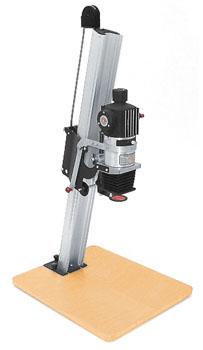
The most exciting assignment I had during my Hartford Courant internship was photographing the implosion of an old building on Pearl St. in downtown Hartford. The building was in between two modern office buildings. In anticipation of the event, the chief photographer had us practice without film in our cameras, taking photos as fast as we could. None of us had motor drives on our cameras so after each photo was taken, the film was advanced with a lever, All eight photographers had to get up at five AM on a Sunday morning and we were stationed around the downtown area. I was assigned to the roof of the Hartford National Bank building right next to the Aetna photographer. Aetna had insured the demolition contractor. The demolition was over in about ten seconds and we all scrambled to develop and print our photos. I was absolutely thrilled when my photos were chosen to grace the top of the front page the next day.
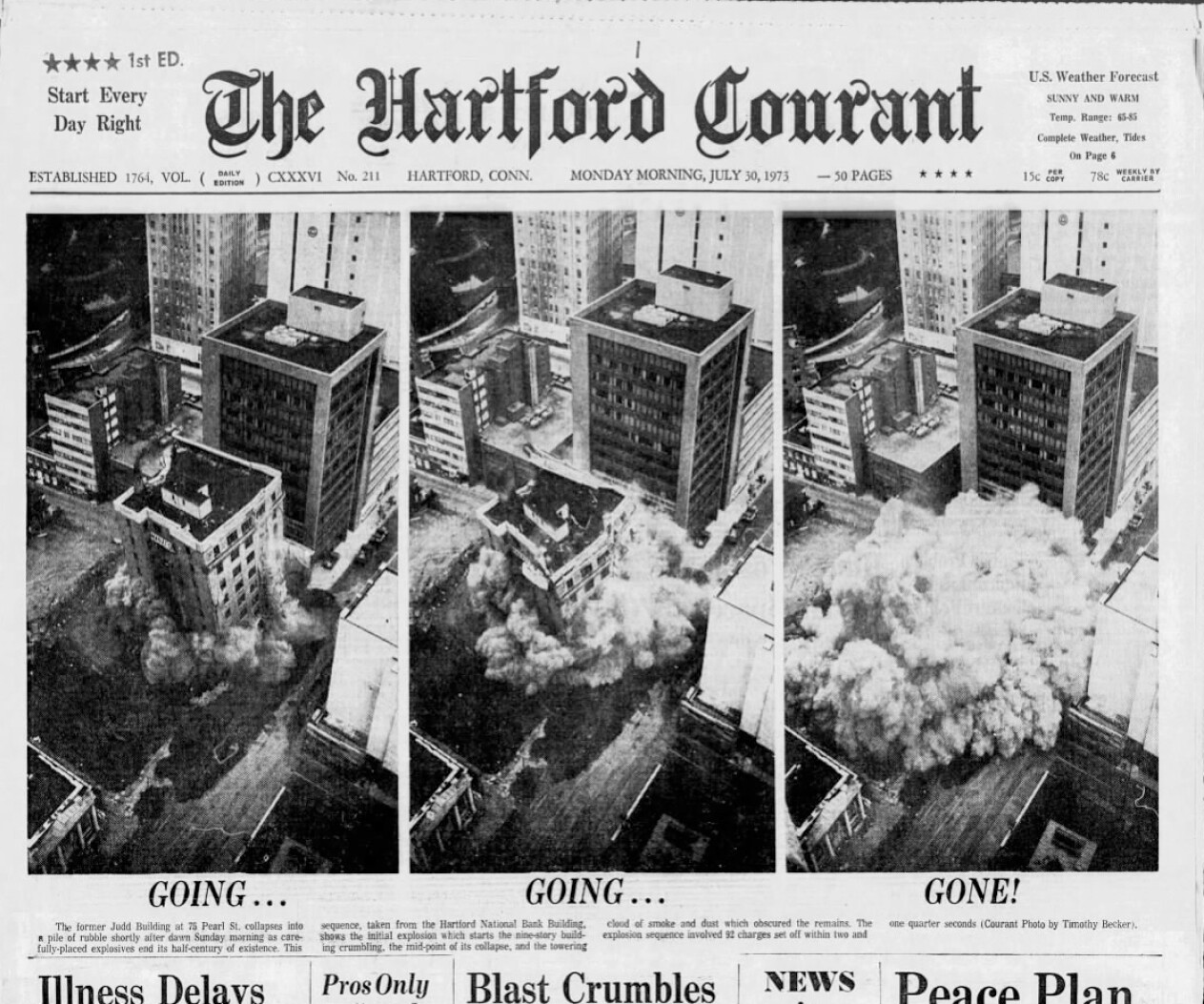
Now the entire newsroom is gone. Reporters, editors, and photographers work remotely. The Hartford Courant is now printed in Massachusetts and is owned by a hedge fund; but the Hartford Courant is still the first thing that I read every day.
I am extremely grateful for the great newspaper photographers that had the patience to teach me. I will never forget what I learned those two summers and I will always fondly remember making beautiful black and white prints in the Hartford Courant darkroom and shoving them through the fixer tank with a stick.
Timothy Becker
Creative Images Photography
901 Main St.
Manchester, CT 06040
860-528-7818
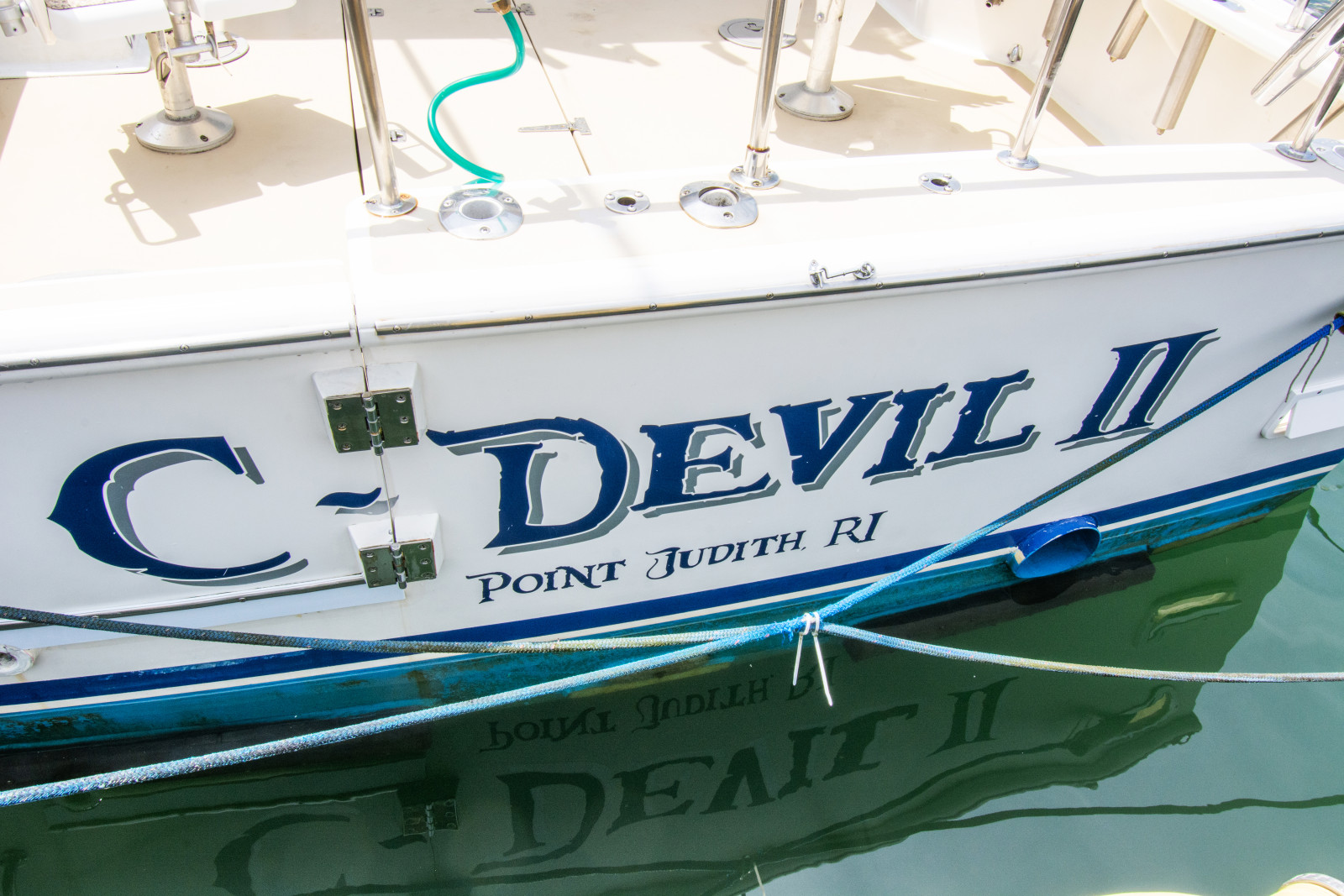
From time to time, I get a photo assignment that has me asking myself; are you kidding me? Am I really being paid for this? The Spring weather in June was glorious with low humidity and puffy clouds in a nice blue sky
Very much like my previous “Perfect Day” blog, there was a nautical theme. I was assigned to produce a Google virtual tour and still photos of a charter fishing boat called the C-Devil II docked on State Street in Narragansett, RI.
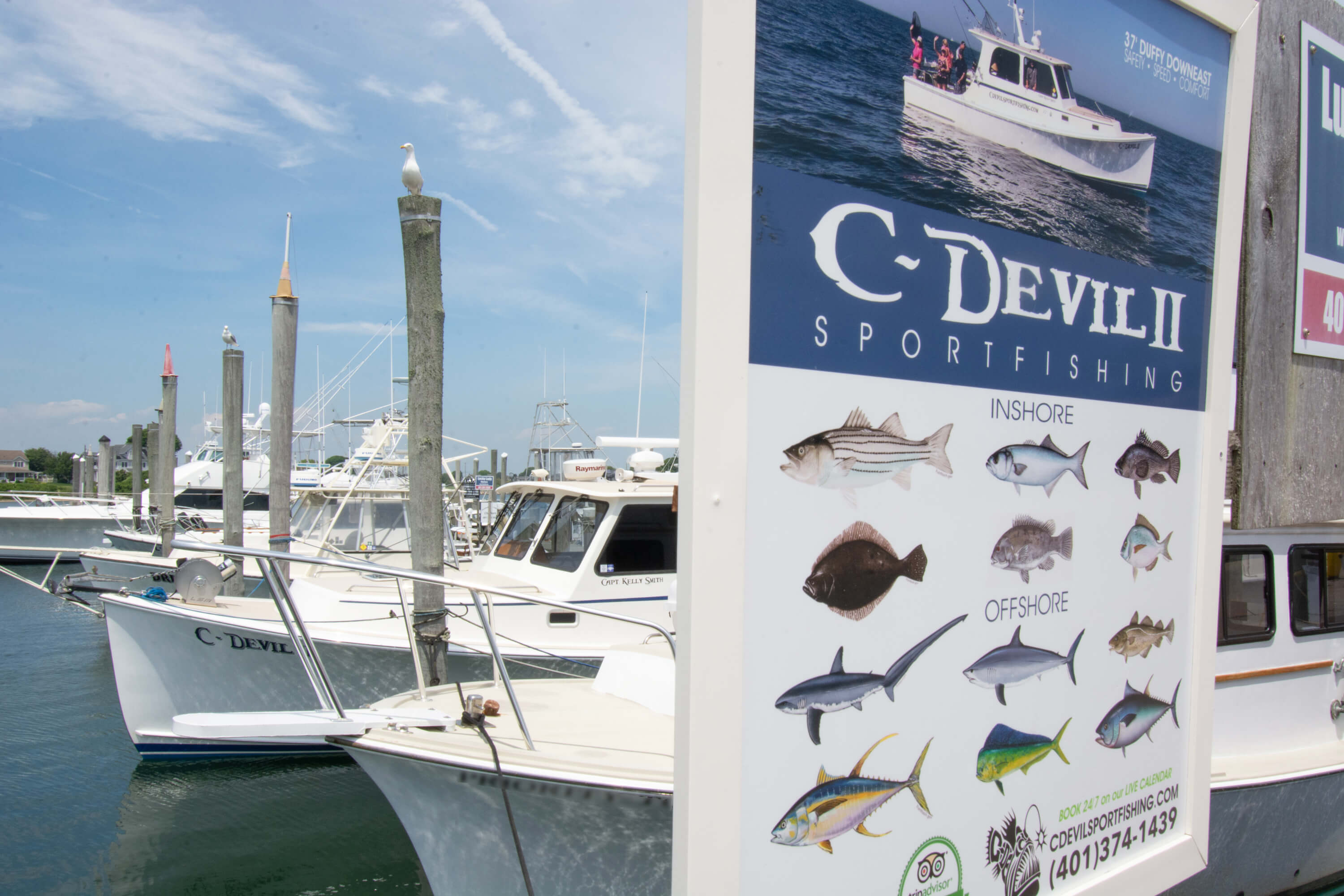
I have done Google virtual tours of many interesting businesses since 2013, but I never did a virtual tour aboard a vessel before. I walked up to the C-Devil II and I was granted permission to come aboard by Captain Kelly Smith.
They had just come back from a fishing trip earlier that day.
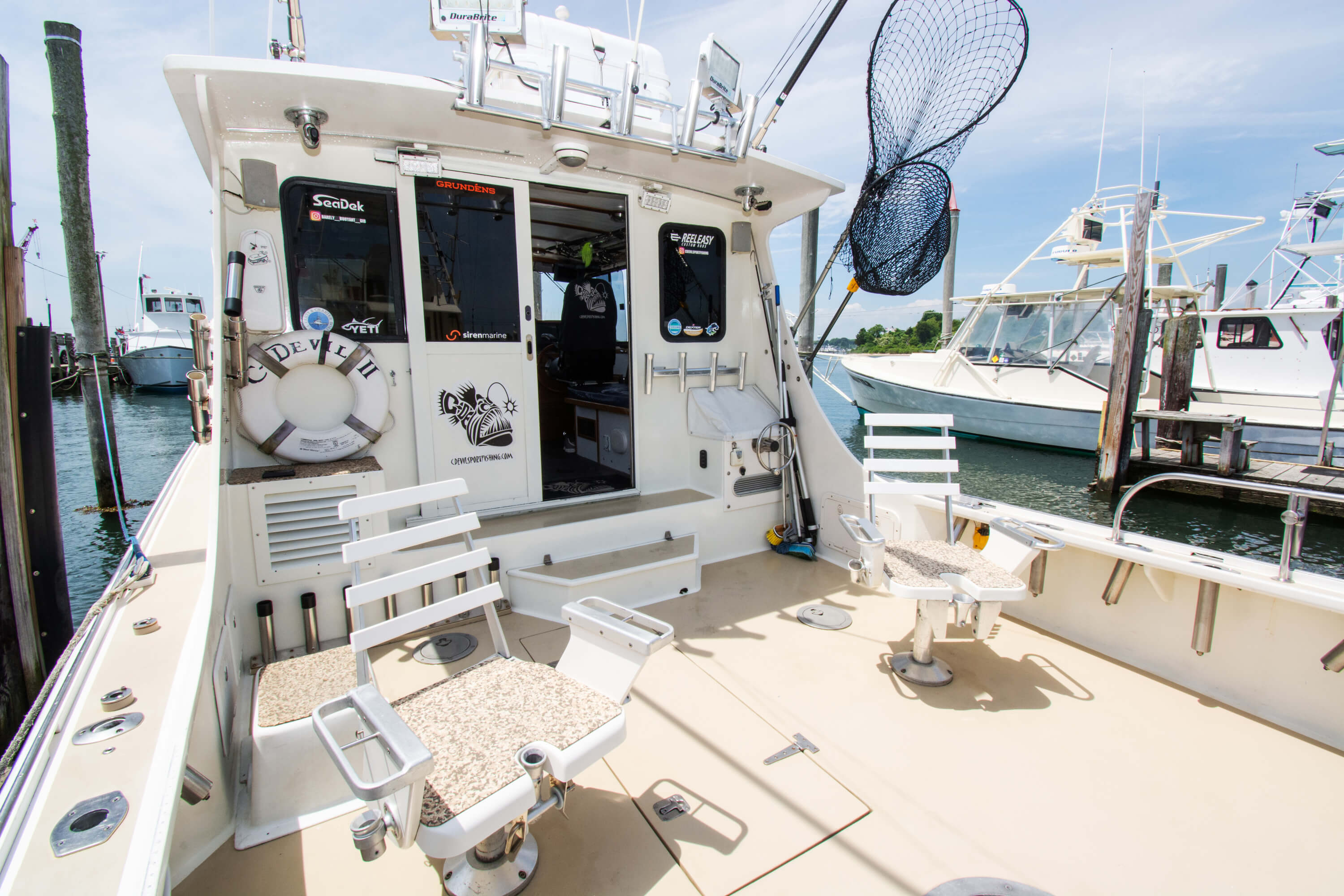

I set up the virtual tour as you walk down the dock, then board the C-Devil, and go inside the cabin.
You can take the tour here: https://maps.app.goo.gl/wQgQ65xvTQp8QoLfA

The array of electronics aboard is impressive. After taking a variety of still shots of the exterior and interior I asked Captain Smith if there was anything I missed. That is when I got some bonus photos.
“I have a new clean diesel engine if you would like to see it” the Captain said. Yes, yes, I would love to see your new engine. The next thing I knew the floorboards were removed and I got to crawl around the bottom of the vessel to photograph the new engine. I am fascinated with any kind of engine since I have removed and replaced engines on several of my own cars over the years.


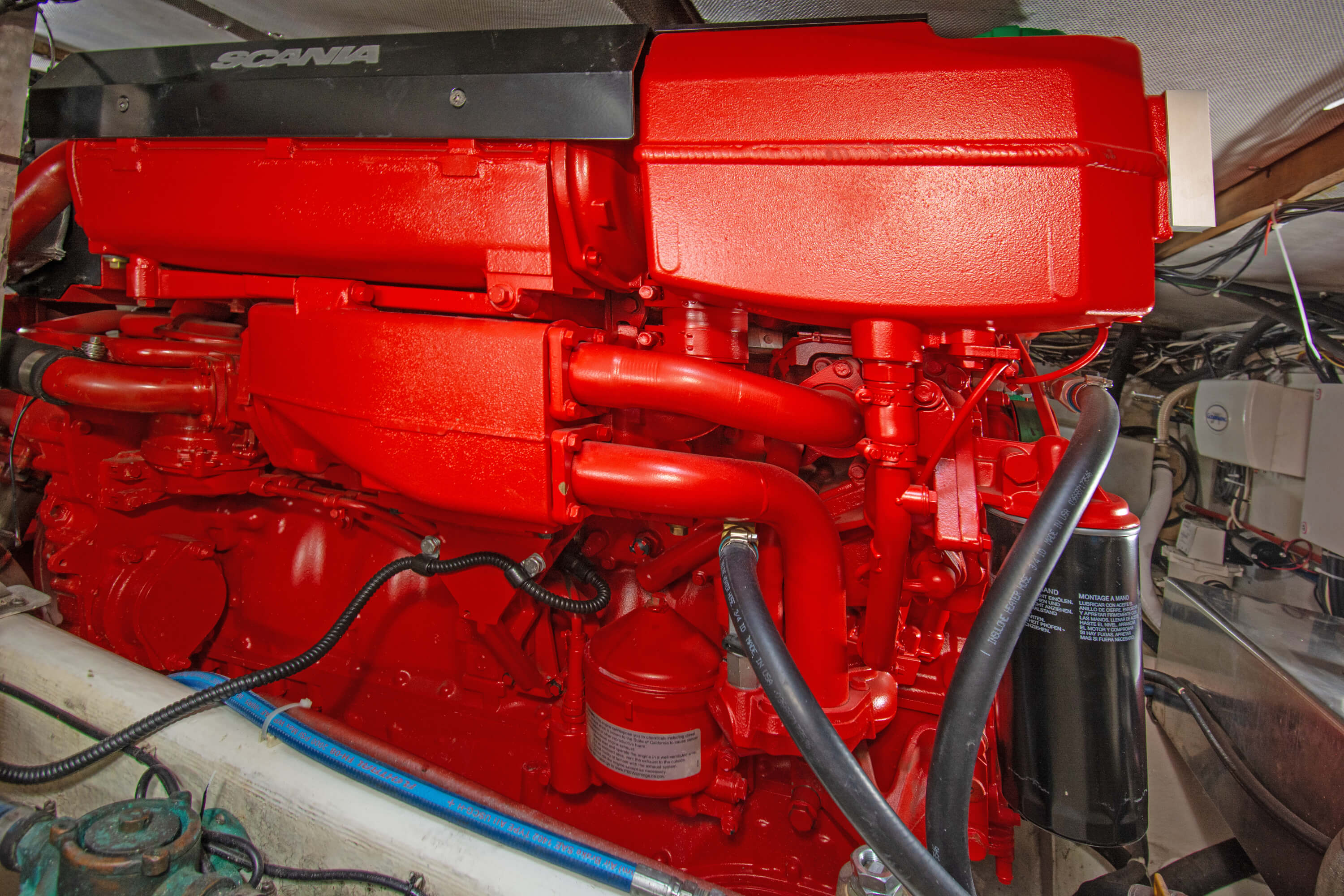
The Scania engine built in Sweden has over 600 horsepower and is impressive. This photo assignment was a joy and made for another perfect day!
Tim Becker
Creative Images Photography
901 Main St.
Manchester, CT 06040
860-528-7818
tim@2cimages.com



